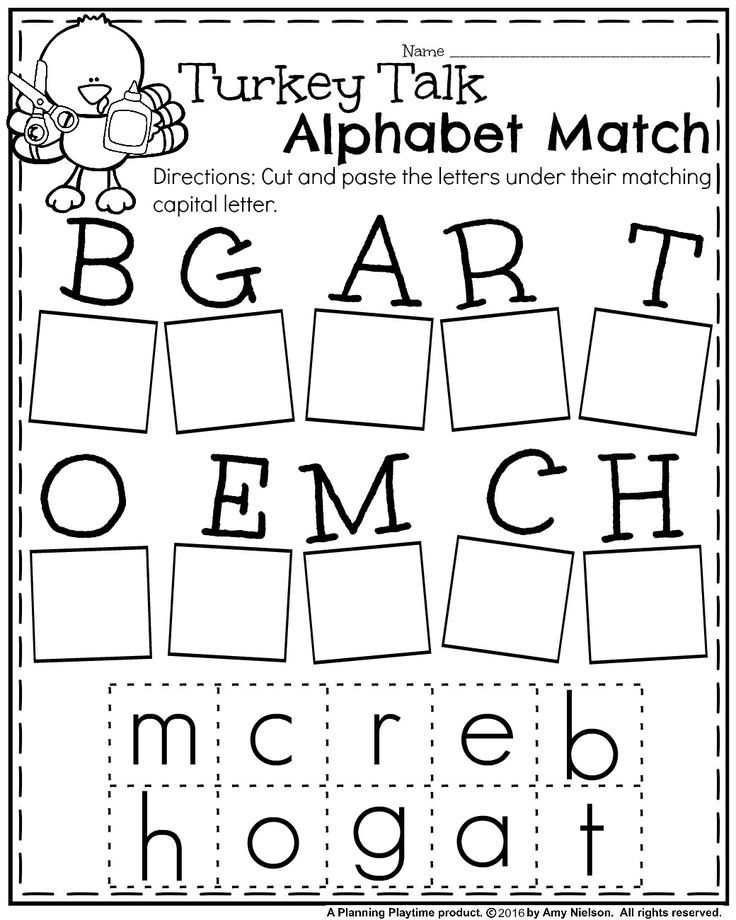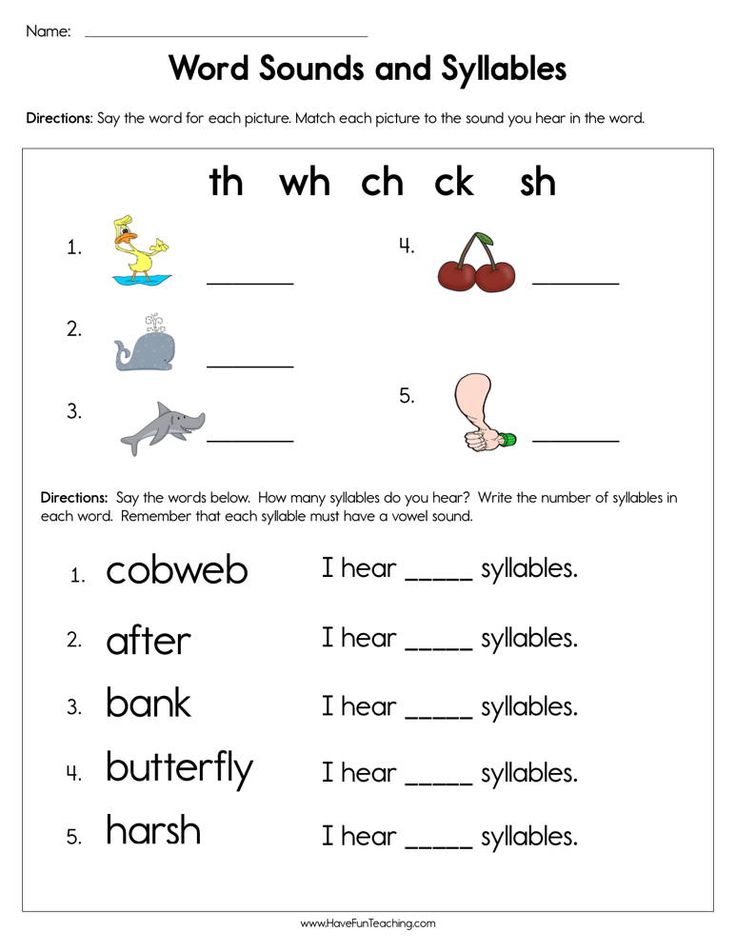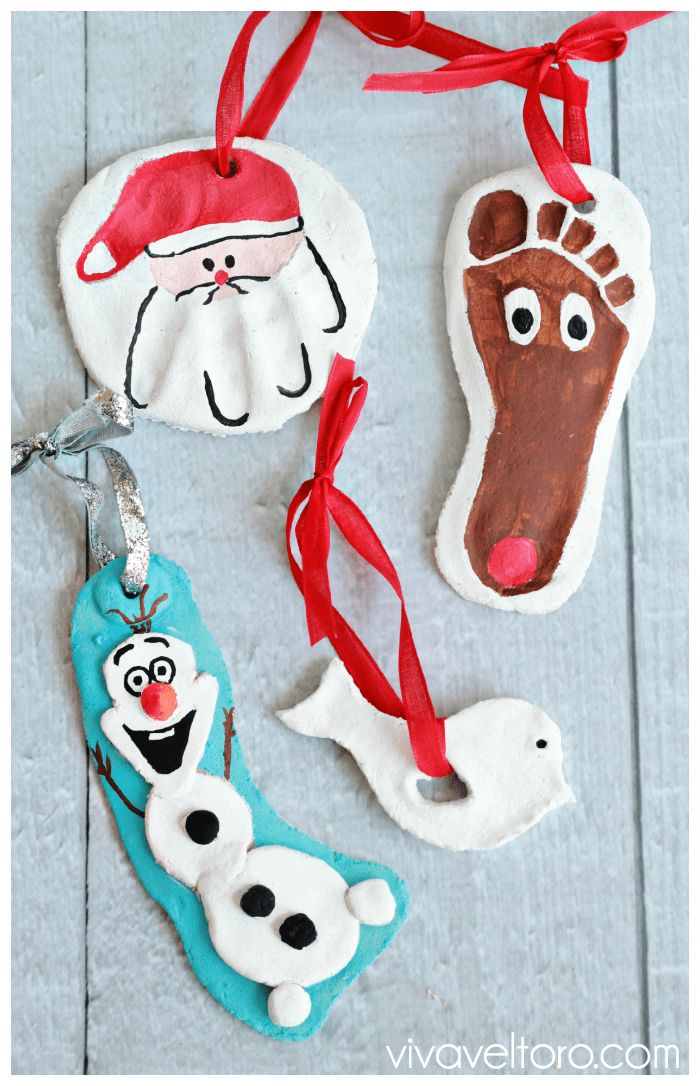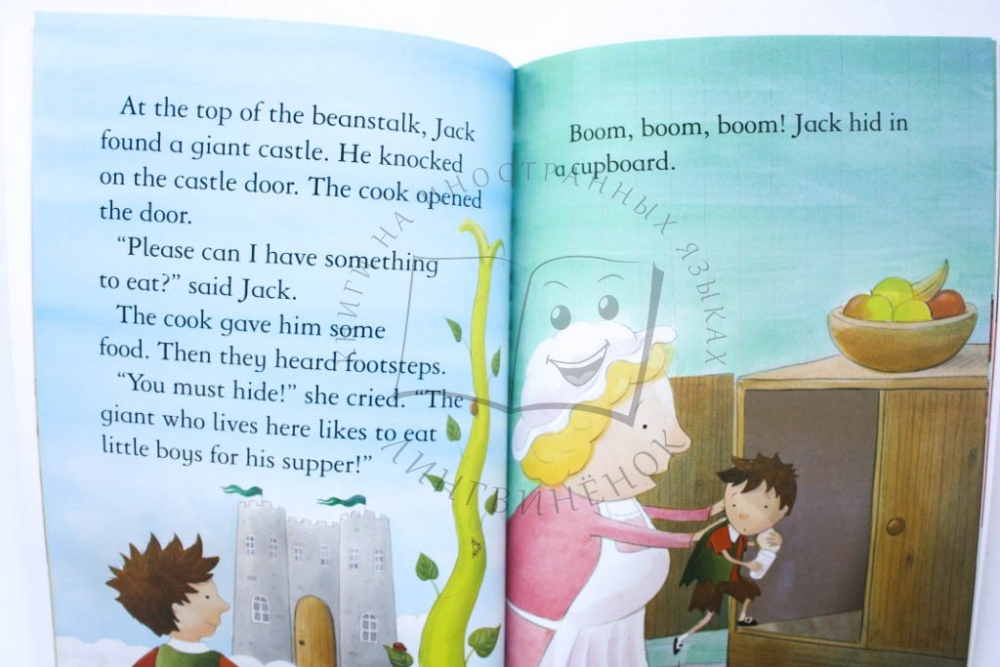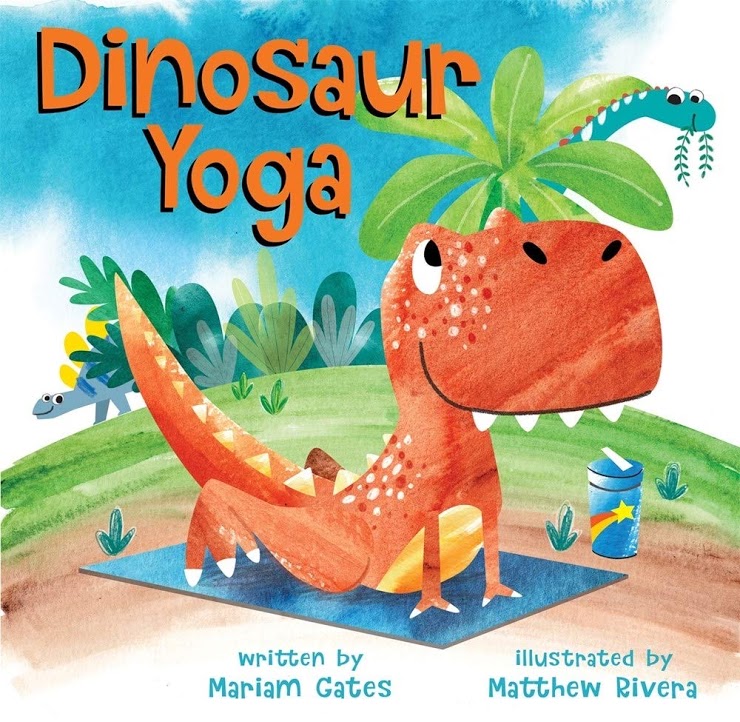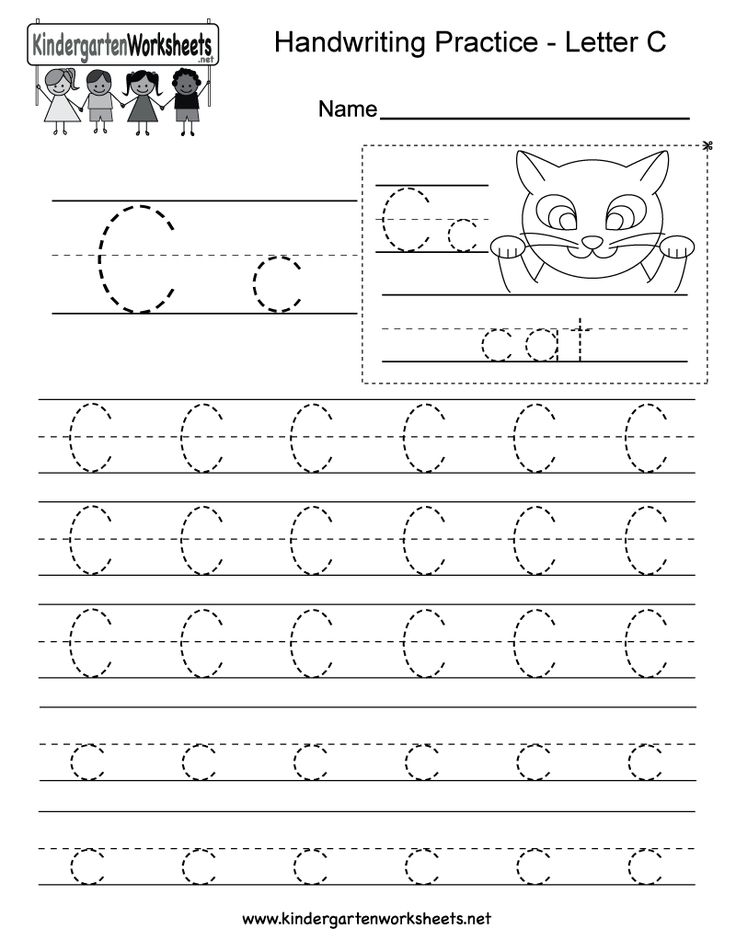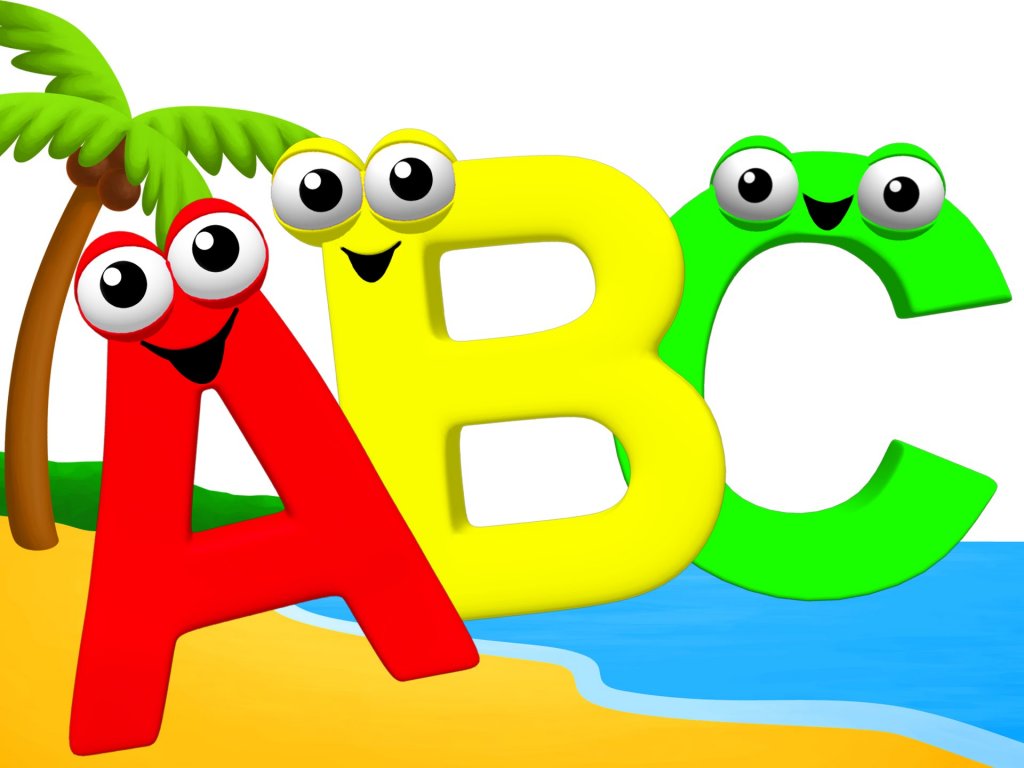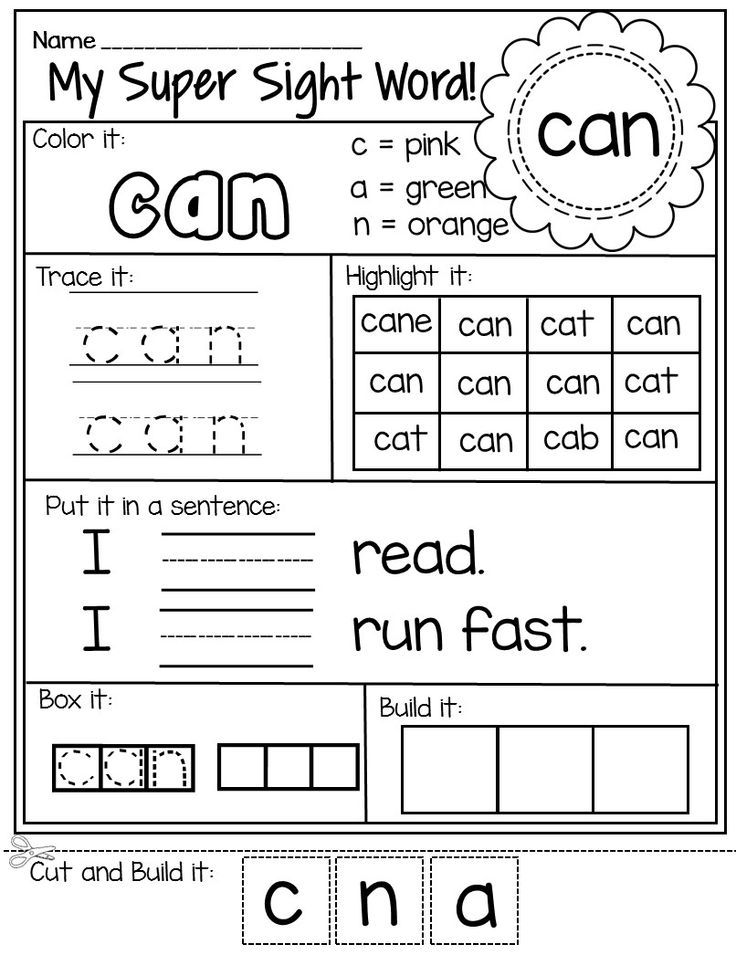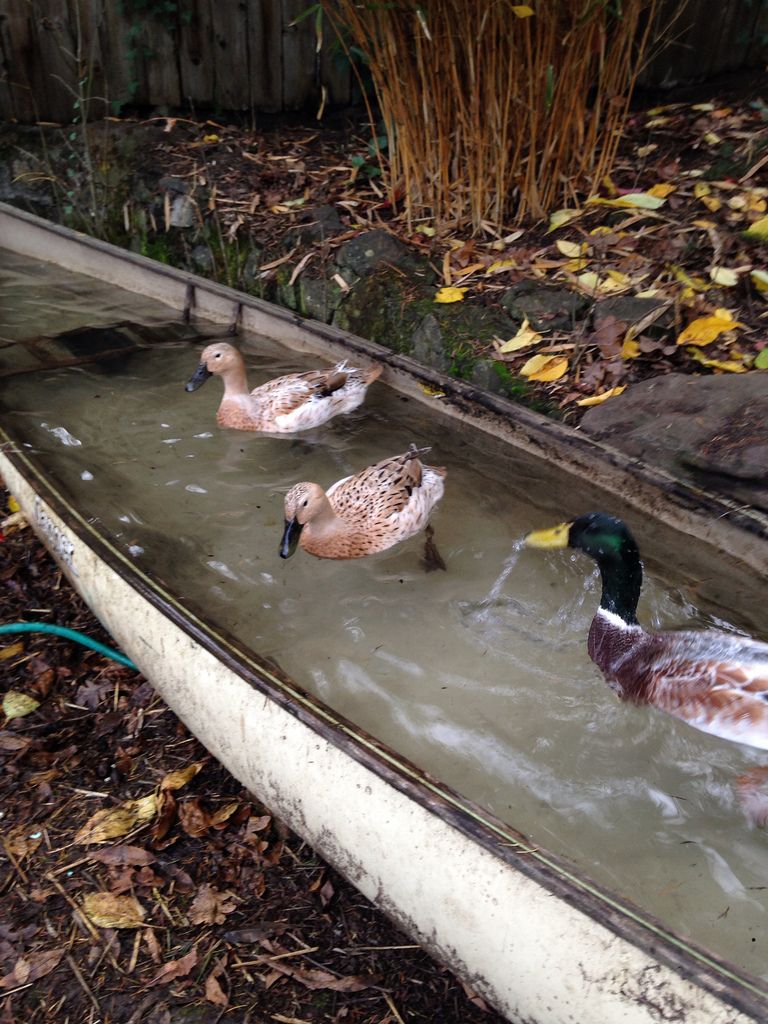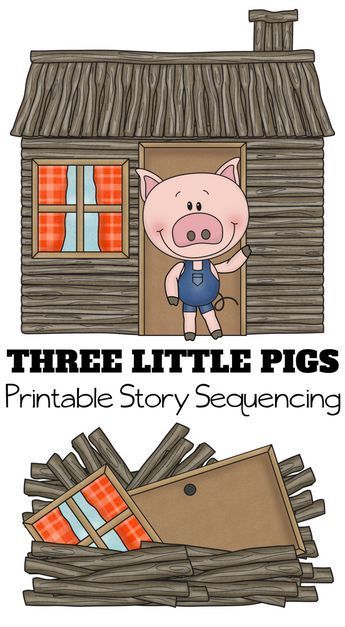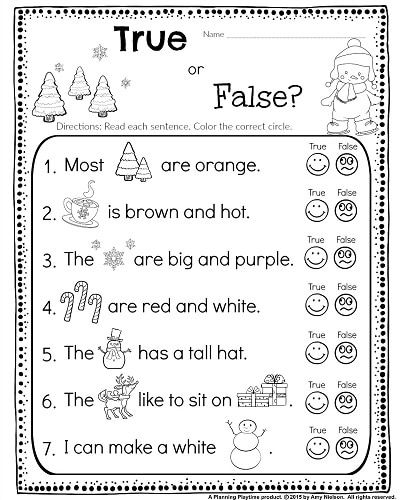Child difficulty learning alphabet
Early warning signs of a learning disability
How can I tell if my child has a learning disability?
During the preschool and kindergarten years, children learn at different rates and with different styles. But if your child has significant trouble with numbers, letters, or speech, he may have a learning disability. Learning disabilities are a category of disorders that stem from how the brain processes information, making it difficult to grasp some concepts.
A child with a learning disability may understand a story perfectly when it is read to him but will struggle to answer questions about it afterward. Another child might easily recite the alphabet from A to Z but be unable to name individual letters when they're pointed out. Still another child may have a hard time putting together puzzles, tying his shoes, or buttoning a sweater.
Children with learning disabilities may have normal or above normal intelligence, but they have trouble expressing their knowledge. Because it is so difficult for children with learning disabilities to master certain tasks, they often experience frustration, anger, low self-esteem, and even depression. Your child may know just what he wants to accomplish – to say or write or do – but getting there isn't a straight path.
"Information going in the eyes and ears is somehow not translated correctly. What comes out is not the correct answer," says Ron Liebman, a child psychiatrist in Wynnewood, Pennsylvania. "We're talking about children with normal IQs."
Learning disabilities are often grouped into three categories: speech or language disorders; problems with reading, writing, or math skills; and a range of other disorders such as problems with coordination, motor skills, or memory.
Sometimes it's clear that a child has one kind of disability, such as dyslexia or dyscalculia – disorders that impair reading and math abilities, respectively. But it's also common for children to have a combination of different disorders.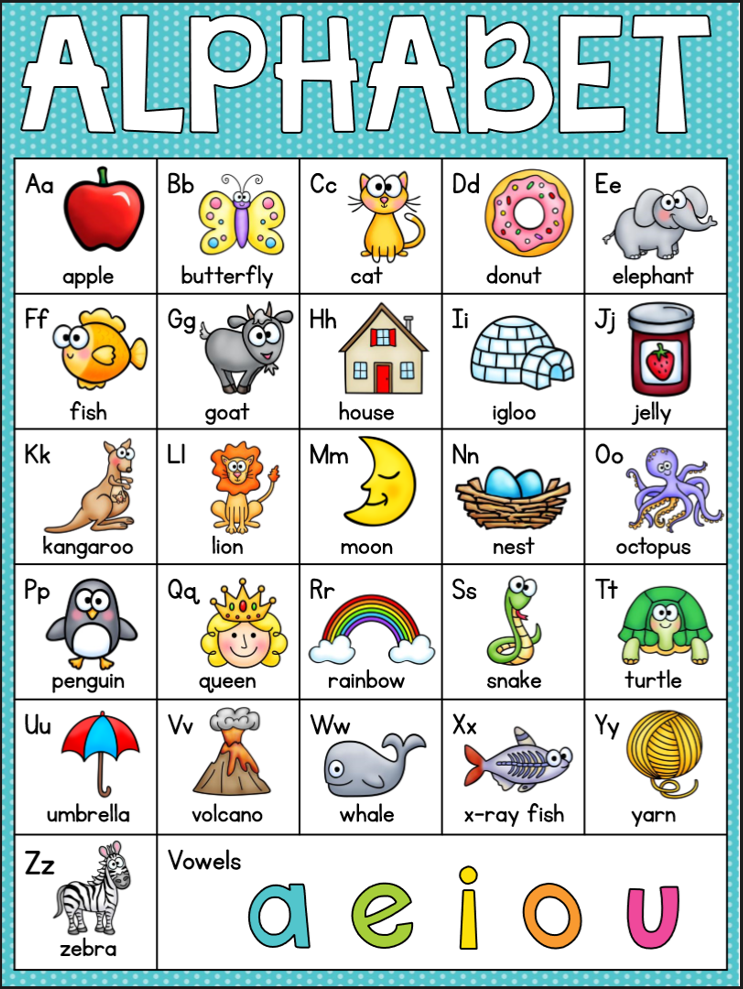
Attention deficit disorders are not by themselves learning disabilities. But children with learning disabilities frequently have attention problems, as well.
Red flags that could indicate a learning disability in children age 5 and under include:
- Delayed speech
- Pronunciation problems
- Difficulty learning new words
- Difficulty learning to read
- Trouble learning numbers, the alphabet, days of the week, or colors and shapes
- Poor concentration
- Difficulty following directions
- Poor grasp of a crayon or pen
- Difficulty with buttoning, zipping, and tying
Advertisement | page continues below
How can I have my child evaluated?
Diagnosing learning disabilities is controversial. Some experts believe they are overdiagnosed, a handy catchall for a host of normal differences in learning styles. Diagnosing learning disabilities in preschoolers and very young children is particularly controversial because they learn at such vastly different rates.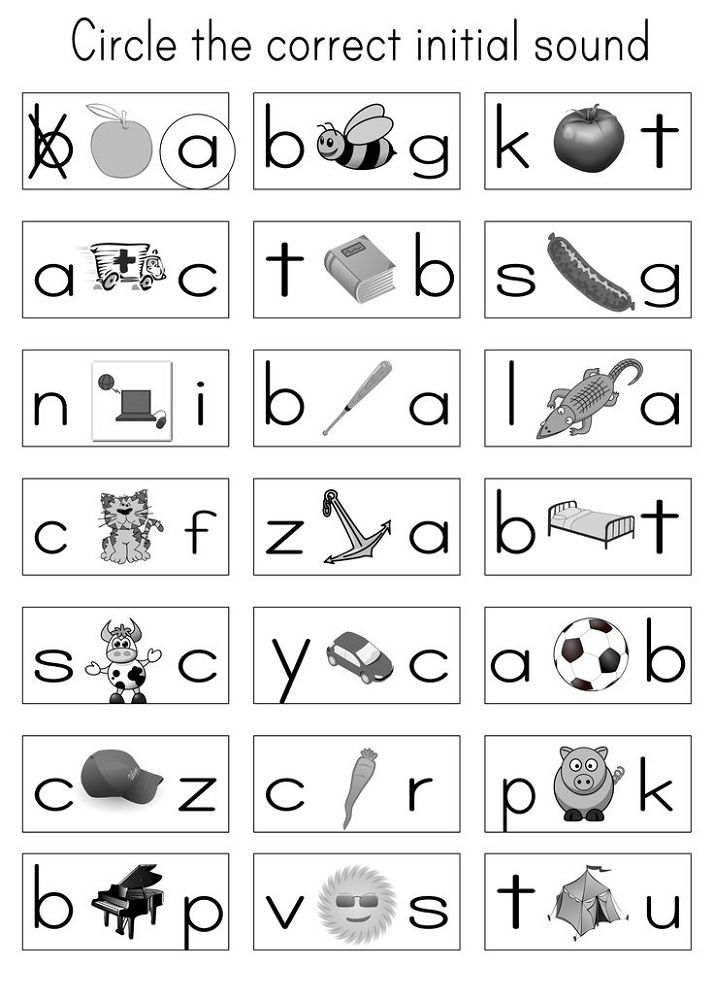
Some of the criteria for making a diagnosis of a learning disability may not become apparent until the early grades in grade school. But any developmental delays can and should be evaluated starting in infancy. There are many types of early intervention services that can address delays and children can benefit enormously from working on these skills at an early age, which can help children reach their full potential. If you're worried about your child's competence with reading, writing, numbers, or speech, talk about it with people who are familiar with your child, such as your child's teacher.
Teachers are usually adept at spotting the early warning signs of a learning disability. If your child's teacher hasn't already raised the issue with you, don't hesitate to bring up your concerns. Talk to your child's doctor, too.
Sometimes what you worry may be a learning disability is just a temporary setback that your child will outgrow. But it's best not to wait and see. You'll be doing your child a favor if you trust your instincts and talk to her teacher or doctor about getting an evaluation if her development seems off to you.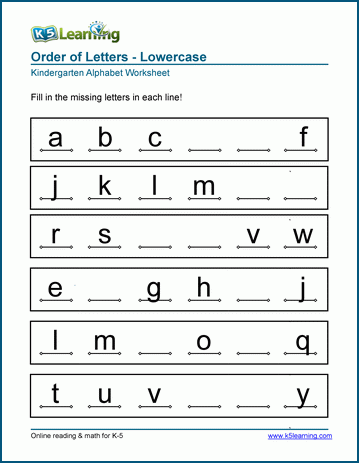
Your child will need a formal evaluation for learning disabilities – usually done by a child psychologist, neuropsychologist, neurodevelopmental pediatrician, or psychiatrist – to know for sure whether she has a problem. The evaluation is done in an office setting and takes a couple of hours. Your child will be asked to do various tasks using toys and educational materials.
Your public school district should be able to help arrange an evaluation. By law, every school district must have a procedure for identifying, assessing, and planning an educational program for kids with any kind of disability, including learning disabilities.
What can be done to help a child with learning disabilities?
Learning disabilities are permanent and don't go away. But much can be done to help your child compensate for the disability and learn to work around the problem. For instance, the teacher can present materials in different ways, and your child can practice skills over and over again in a setting that is supportive and patient.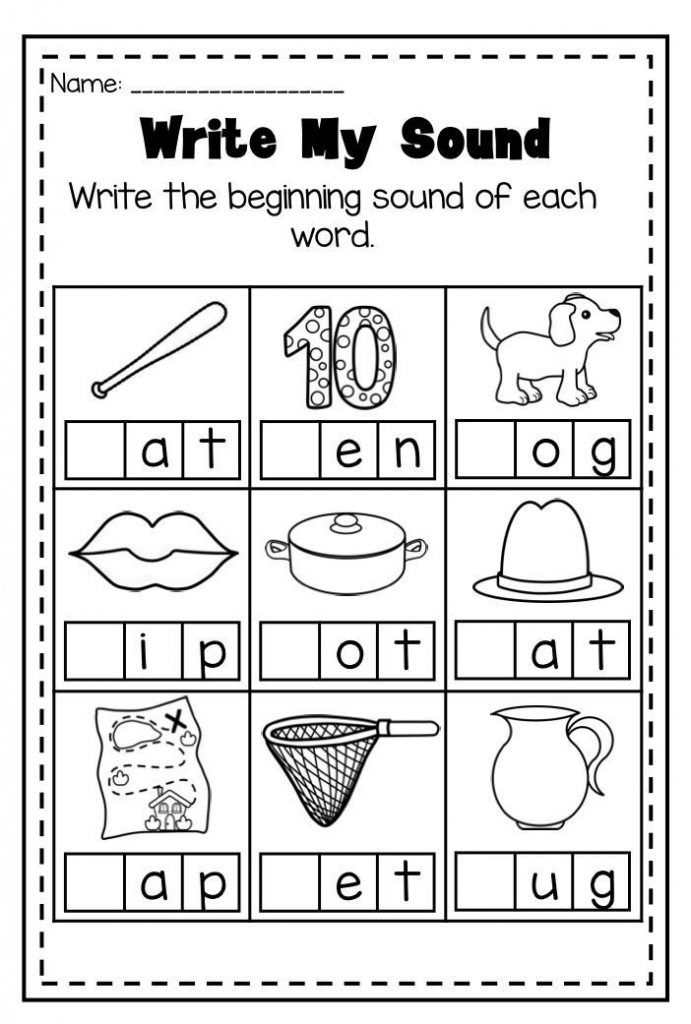 Children with learning disabilities can and do learn.
Children with learning disabilities can and do learn.
As a parent, one of the most important things you can do is support your child and assist with positive learning experiences. The goal is to focus on your child's strengths. If he struggles with the alphabet but loves animals, encourage that interest and help him become an animal expert.
Give your child lots of self-esteem boosts by encouraging his skills and passions. "Plan activities that you know your child can do and be successful at," says Nicki Arnold, a psychologist and mother of a son with learning disabilities. Arnold nurtured her son's love for skiing when he was just 5 and wasn't doing well academically.
Don't try to be an expert on treating learning disabilities yourself. Your job is to provide encouragement, love, and patience and to seek out experts who have the skills to help your child learn. If your child has been diagnosed, he should be eligible for special services.
State and federal disability laws require many children with learning disabilities to receive free services.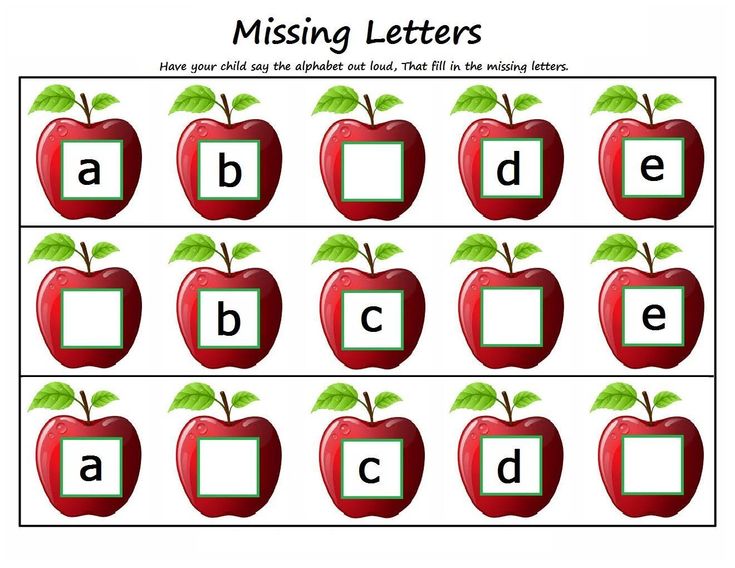 There are special private schools for children with learning disabilities, but these can be expensive. Consult with your child's teacher or local organizations serving children with disabilities.
There are special private schools for children with learning disabilities, but these can be expensive. Consult with your child's teacher or local organizations serving children with disabilities.
Psychological counseling can also help. Children with learning disabilities often feel like failures, leading to low self-esteem. They are often frustrated, and their frustration can turn into anger. "The emotional or psychological issues are, in my mind, more important than learning that two plus two equals four," Liebman says.
Parents need to learn how to handle their child's emotional outbursts. Although conventional wisdom says that you shouldn't encourage a child who's a tantrum or crying fit, this kind of emotional release can be beneficial for kids with learning disabilities. If you stay close to your child during these times and tell him that you love him and you know that things are hard for him, you show her that he doesn't have to struggle alone – you'll always be there to help him.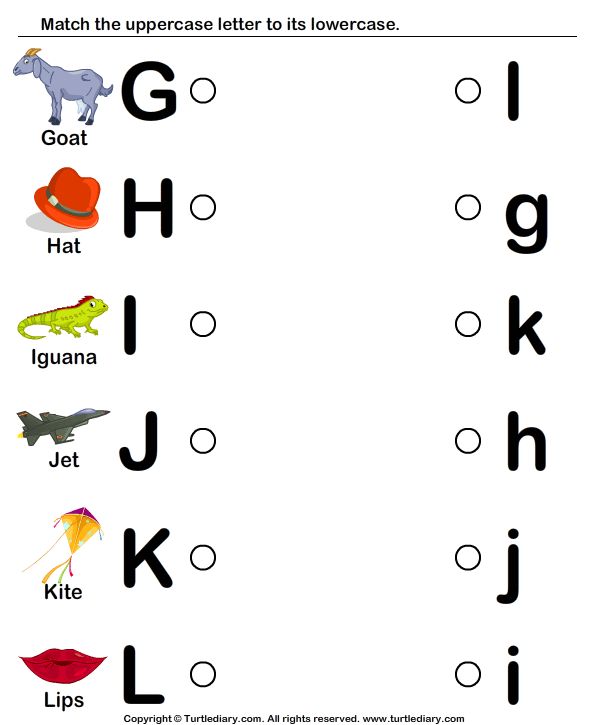
Remember to take care of yourself, too. Being the parent of a child with learning problems is stressful. Many disability organizations also have support groups and counseling for parents.
Find out more about what causes learning disabilities and how many children are affected.
Proven Action Steps for When Your Child Has Difficulty Learning the Alphabet
It’s a question that comes across every parent’s mind at some point: “How do I help my struggling child?” There are a multitude of reasons as to why your child might struggle with something at some point in their lives, but we as parents will eventually have to endure the pain and heartache at some point. So why let that struggle occur over the alphabet and reading?
I’m going to teach you how to use your child’s strengths to support them in their learning. By understanding how and why you’re child’s struggling, you can incorporate a plan that will help them learn the alphabet (and how to read…) with ease!
After reading you will:
- Learn the clues that your child is struggling
- Understand why your child may be struggling
- Get actionable tips to support their learning
This post may contain affiliate links. I only recommend products that I personally use, trust, and love and think you will love too! Using these links provide me with a small commission and help support this blog, but at no extra cost to you. To learn more, read my Policies page.
I only recommend products that I personally use, trust, and love and think you will love too! Using these links provide me with a small commission and help support this blog, but at no extra cost to you. To learn more, read my Policies page.
Clues Your Child Has Difficulty Learning the Alphabet
There are many ways to determine if your child has difficulty learning the alphabet aside from kicking and screaming and running in the complete opposite direction. Let’s check out some of the more common signs.
They Aren’t Retaining Letters
You may have tried over and over to get your child to tell you what letter you’re holding up or maybe you tried one of those cute Pinterest activities, but the excitement was short-lived and ended in tears.
One of the major reasons for not retaining letters could be a lack of interest. You want to keep your child’s interest and engagement around print as high as possible so that they have a desire to want to learn and read.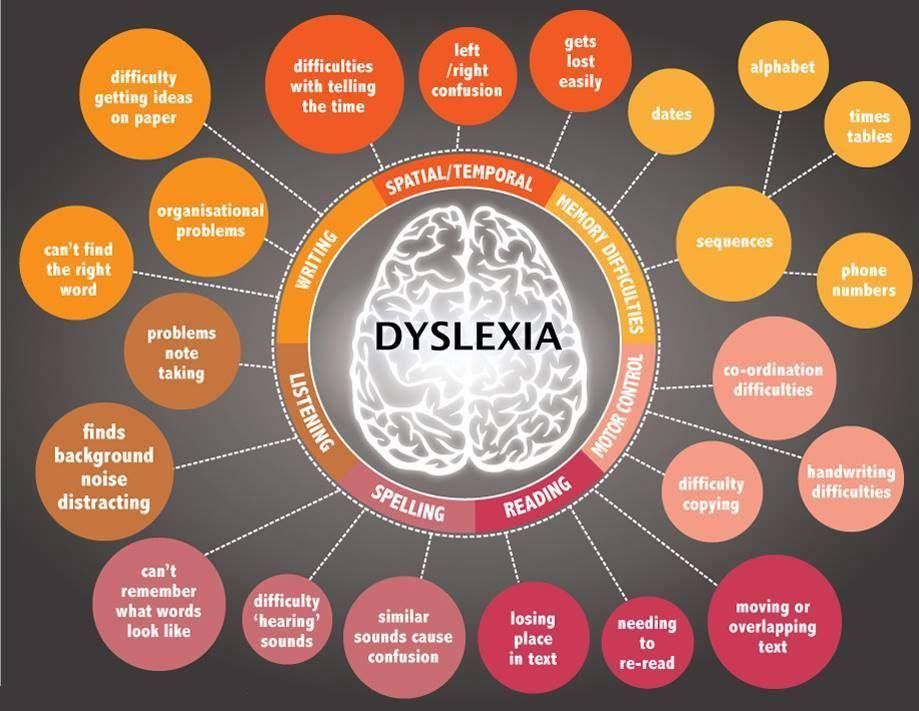 When their motivation tanks, learning is going to become increasingly difficult.
When their motivation tanks, learning is going to become increasingly difficult.
Your Child Isn’t Labeling Things in Their Environment
I always share how labeling as a way to see if your child is ready to learn the alphabet. This actually is a telltale sign of your child’s readiness.
Why?
Let’s look into this further. When your child is able to label something in their environment, they are providing it with a name. This helps to support their vocabulary as they make meaning of the world around them.
If your child isn’t able to label objects yet like milk, shoes, or maybe even colors, learning the alphabet or their numbers is going to be extremely difficult. They need to have some way to communicate the names for these objects whether it be orally or in sign language or some other way. This means that they are assigning meaning to an object and will be able to do that with each individual letter of the alphabet as well.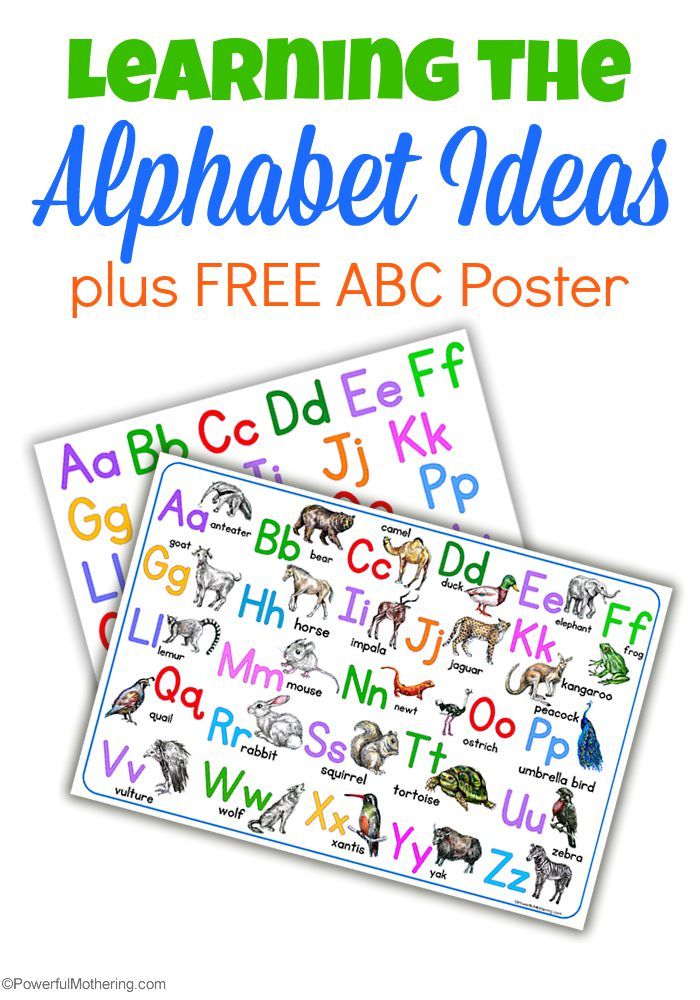
They Know Names of Letters, But Can’t Recall Any Sounds
If your child has been learning and retaining the letter names, but not the letter sounds, this might be a sign that they need more practice with phonological awareness.
You also want to ensure that you aren’t just naming letters, but are also providing their sound as well when you’re playing with your child. This will help them to associate that sound with the letter because of the increased exposure you’re providing.
Why Your Child Has Difficulty Learning the Alphabet
There are a couple of main reasons why your child might have some difficulty when learning the alphabet. Let’s take a closer look.
They Aren’t Ready
This is probably the most common reason that your child has difficulty learning the alphabet: they simply aren’t ready. Jumping in before your child is ready can lead to a lot of confusion and frustration.
Like I mentioned above, your child has to be labeling their environment in some way in order to attach meaning to a letter.
In addition, your child needs to be showing interest in learning the letters in order to capitalize on their learning. Engagement and motivation is key when priming the brain to learn.
Learn more about the signs your child is ready to learn the alphabet here!
They Haven’t Had Enough Exposure to Print
Another reason that your child may be struggling is because they haven’t previously had enough exposure to print. I’m not necessarily talking about books, but just print in their environment in general.
Having items labeled, using bathtub letters during bathtime, or having magnetic letters to sort and play with during free play are just some ways that your child can be surrounded by print.
You want to keep exposure high, but in child-controlled environment where they are exploring and learning through discovery.
Your Child Lacks Interest
This might be one of the tougher nuts to crack. If your child lacks interest, you may notice them paying no attention to print, they never want to attend to a story, or they aren’t curious about letters when you expose them to them.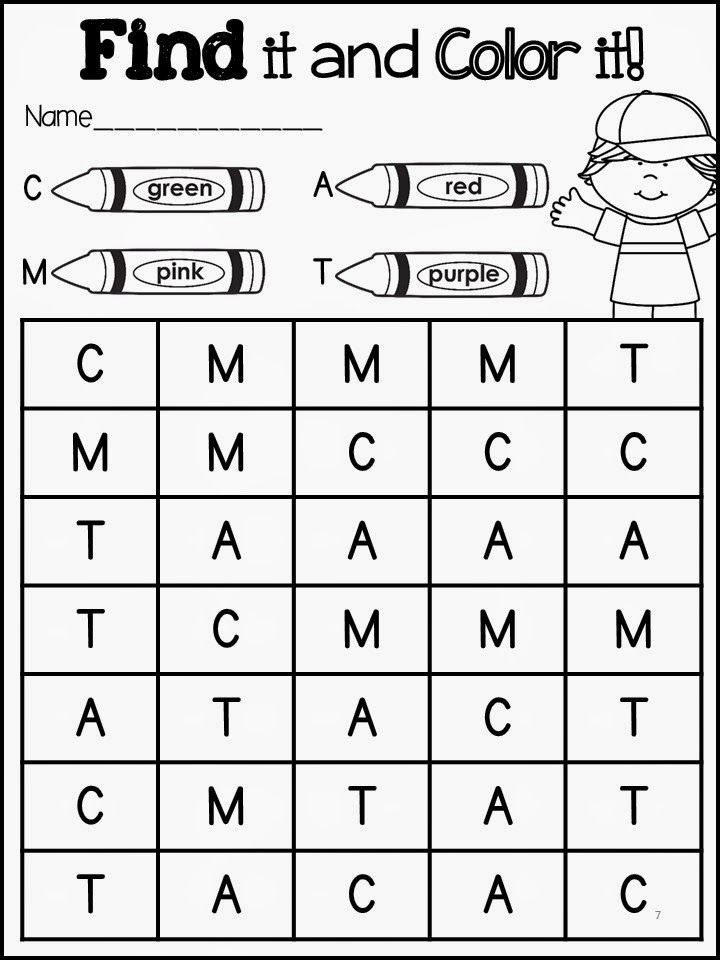
Getting your child motivated can be tough, but the key is to share excitement around print in your child’s own way. Playing into their interests and existing strengths can do wonders for engagement.
Incorporate print into play by bringing in some magnetic letters involved in your child’s existing play. Don’t direct or interrupt the play, just find natural ways to incorporate the print into the existing play.
How to Help When a Child Has Difficulty Learning the Alphabet
Let’s chat about some ways that you can support your child. One of the most powerful things that you can do is to notice your child’s strengths. What CAN they do? Do they have any interests? What type of play do they like? You can use all of this information to tailor your support and get your child moving forward with their learning.
Let’s check out some general things to consider when a child has difficulty learning the alphabet.
1. Go Back to Phonological Awareness
Phonological awareness is a foundational skill that your child needs to have some success with before learning the alphabet.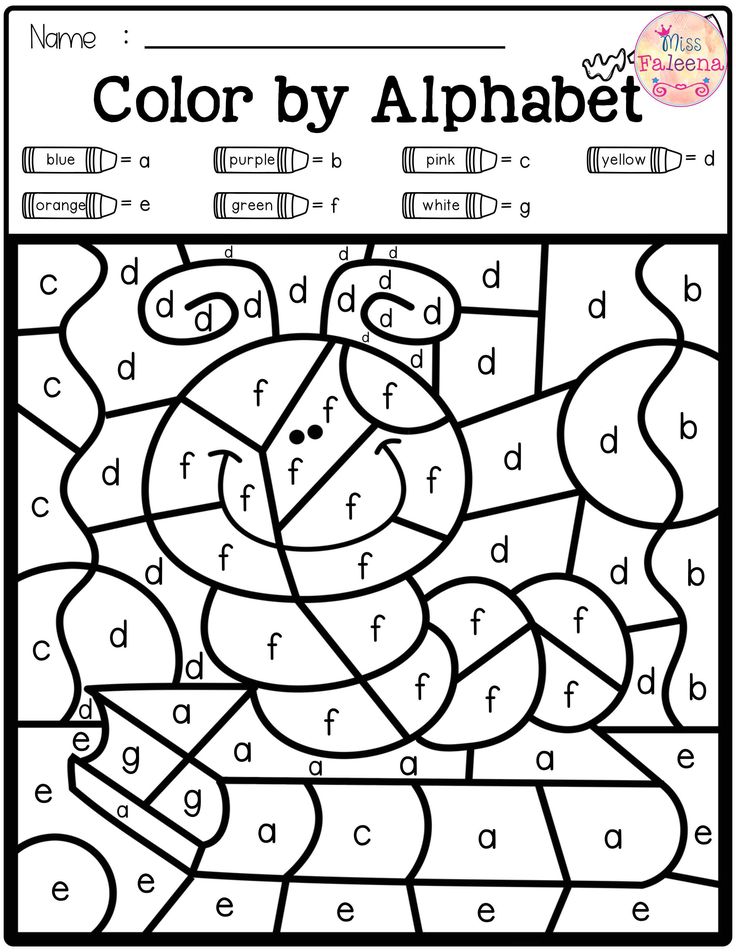
This skill is critical when learning to read and can help your child identify and isolate sounds as they are attaching those sounds to letters.
Check out these posts all about how to support phonological awareness:
- The Most Important Early Literacy Skill Your Child Needs to Start Reading
- The Differences between the 6 Early Literacy Skills and Which Ones are Most Important
- How to Develop Literacy Skills with Your Toddler
- 5 Quick and Engaging Ways to Support Phonological Awareness
2. Use More Multi-Sensory Approaches
I talk a lot about how important multi-sensory instruction is for learning. It literally makes an imprint on your child’s brain, which increases retention and recall.
If you’ve read my approach to actually teaching the alphabet, you will know that I have a very detailed, engaging way that involves multi-sensory learning. I focus on auditory, visual, and kinesthetic cues to support learning.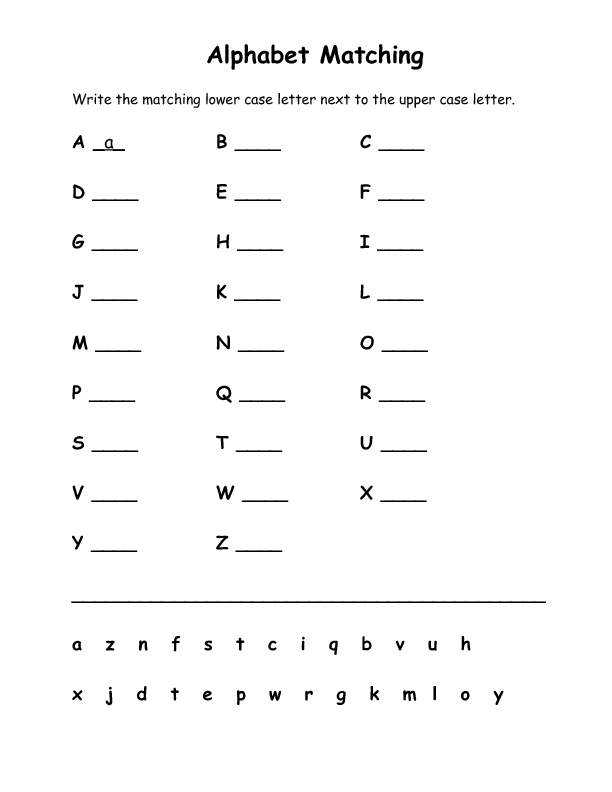
This is where it’s important to know your child’s interests and capitalize on them. If your child loves music, sing a song to introduce one letter. If your child is fascinated by nature, introduce letters outside by making letters in dirt or with rocks. Get creative and find ways to pique your child’s interest, while incorporating more senses into the instruction.
3. Slow Down, Mama
I know this one can be a hard one. You want your child to learn quickly and with ease. And it doesn’t help when neighbor Karen comes over and tells you that her 4-year-old is reading Harry Potter.
Don’t concern yourself with others. Every child learns differently and at a different pace. (And btw, I call bullsh*t on a 4-year-old reading Harry Potter…)
If your child needs to take 10 days to learn a letter, take 10 days. If your child needs 2 days, take 2. Your child should decide the pace, not your neighbor.
Think again about your child’s strengths and how they’ve learned the letters they’ve had success with.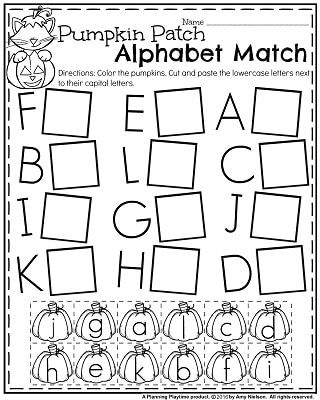 Were they letters in your child’s name? Were they letters that were in your child’s favorite toy?
Were they letters in your child’s name? Were they letters that were in your child’s favorite toy?
Capitalize on this interest and find words that have the letters your child is struggling with in them. Then, use your child’s interest in these items to help create engagement with the new letters.
So for example, if my son was struggling with the letter M, I’d bring out Mickey Mouse and label anything and everything with Mickey. Use the opportunity to keep pointing out the letter M and how Mickey starts with the letter M.
4. Up the Exposure
I say this literally all the time: Exposure is one of the most powerful tools at your disposal. It’s never, ever too early to expose your child to print.
Reading every day, labeling items in your home, having your child’s name on everything and pointing it out to them, all of these things have significance no matter the age.
The more your child is around print, the more they will be curious about it and will want to learn more about it.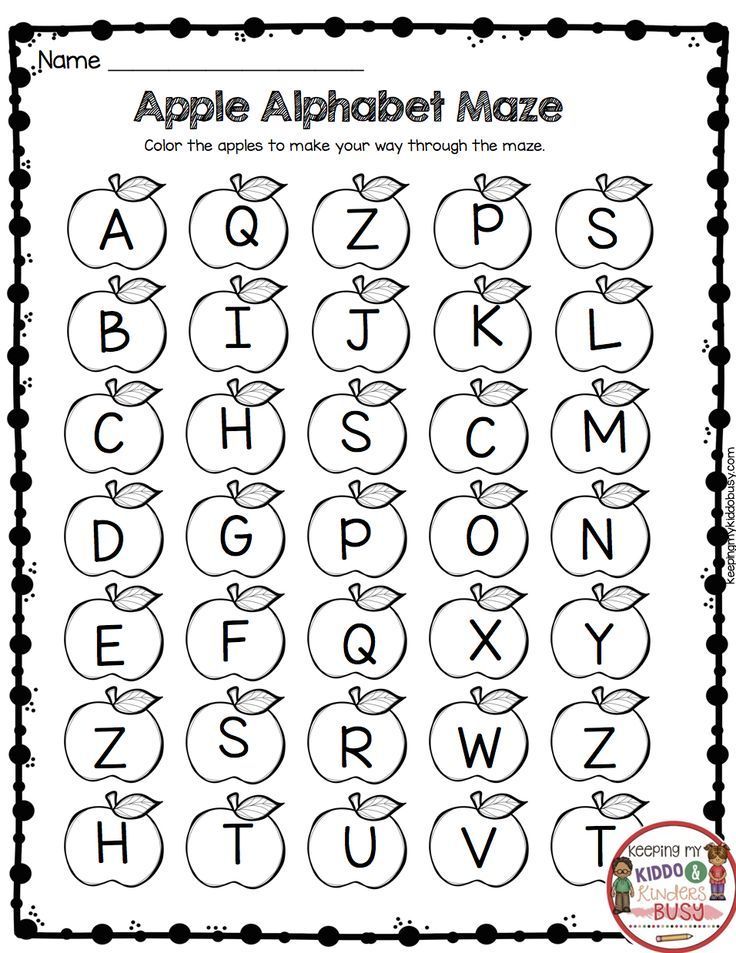
Be a Cheerleader
So there you have it. My tips to help support a child who has difficulty learning the alphabet. The key is to keep motivation high around learning and to honor and celebrate your child’s strengths. Be that cheerleader that they need. The more you celebrate their growth and their progress, the more confidence they will gain and will continue to grow. Mindset is half the battle.
If you’re looking for a more direct way to support a struggling learner, I invite you to check out my exclusive Problem Solver package. It allows you to work with me 1:1 and get some powerful coaching that will have your child walking around naming letters and reading words. I will provide you with an exact blueprint tailored specifically to your child so that you can drop the struggle and get back to what matters most. Apply now!
5 Ways to Learn the Alphabet Quickly and Easily with a 3-6 Year Old Child – Somersault
Before learning the alphabet with a child, it is important to understand what you are not going to do.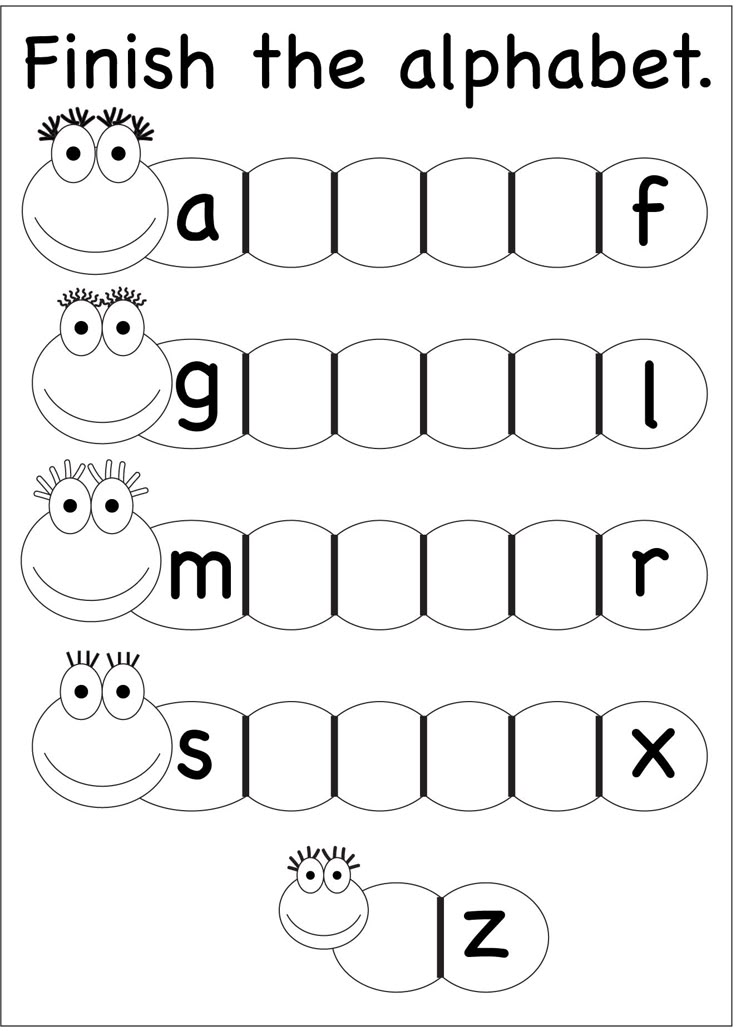 Namely, learning to read. This is a more complex skill, so it is worth putting it off until the time when the child gets acquainted with all the letters and will confidently recognize them and write on their own. Until then, put off the alphabet and reading by syllables.
Namely, learning to read. This is a more complex skill, so it is worth putting it off until the time when the child gets acquainted with all the letters and will confidently recognize them and write on their own. Until then, put off the alphabet and reading by syllables.
In this article, we have put together the basic principles to quickly learn the Russian alphabet with a 3-6 year old child in a playful way. For all games with letters, you can use plasticine, paints and any improvised means or magnetic letters - they will easily attract the attention of the child.
Contents:
- Learn the Alphabet Easily: Basic Principles
- 5 ways to learn the alphabet with your child
- From alphabet to reading
How to Learn the Alphabet Easily: Basic Principles
Each child can find an easy way to learn the alphabet that suits him or her, but there are basic principles that are important for all children.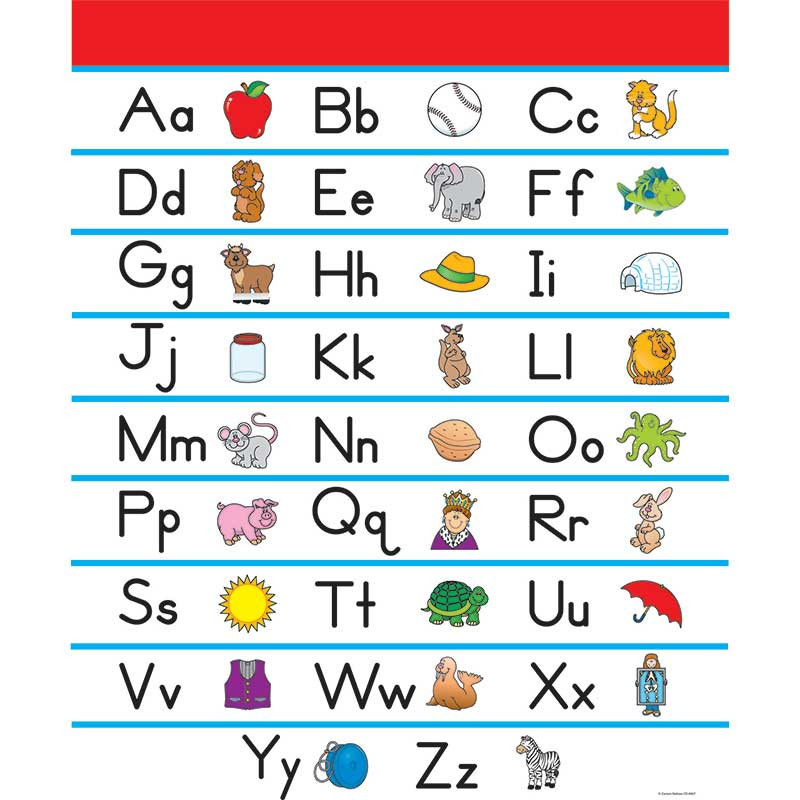 If you do not follow them, study will turn into drill and the child is unlikely to ever love to read. Here are a few such principles on how to properly learn the alphabet for a child.
If you do not follow them, study will turn into drill and the child is unlikely to ever love to read. Here are a few such principles on how to properly learn the alphabet for a child.
- Learn sounds first, not letters . At the first stage of learning, it does not matter how the letters in the alphabet are called correctly. Now only sounds are important for the child - "d", and not the letter "De". The names of the letters will only confuse the child, who first needs to learn to recognize the shape of the letters and their sound.
- Not learning the alphabet in the correct sequence . Until a child goes to school, it is of no use to him to know how the letters are arranged in the alphabet. This information will only distract him from what is really important: how the letters look and sound. The sequence of the alphabet can be learned later or even at school, where this knowledge will be tested by the teacher.
- Do not turn learning into a lesson .
 Learning from call to call is difficult even for children at school, let alone a baby. Therefore, all learning should take place in a playful way and not for long: 5-7 minutes a day to get acquainted with the letters will be enough. Gradually, this time can be increased, especially if the child likes the proposed games with letters.
Learning from call to call is difficult even for children at school, let alone a baby. Therefore, all learning should take place in a playful way and not for long: 5-7 minutes a day to get acquainted with the letters will be enough. Gradually, this time can be increased, especially if the child likes the proposed games with letters. - Use material objects . At the age of 3-6 years, the child learns the world by touch and taste. It is difficult for him to work with abstract letters spoken aloud. Therefore, it is better to stock up on plasticine and paints and create letters that are more understandable to the child and can be touched. Such a game for children will allow the child to learn the letters of the alphabet and he will recognize them in different forms regardless of what they are made of.
- First vowels, then consonants . Vowel sounds are easier to pronounce, so it's worth starting with them.
The main thing is not to force anyone.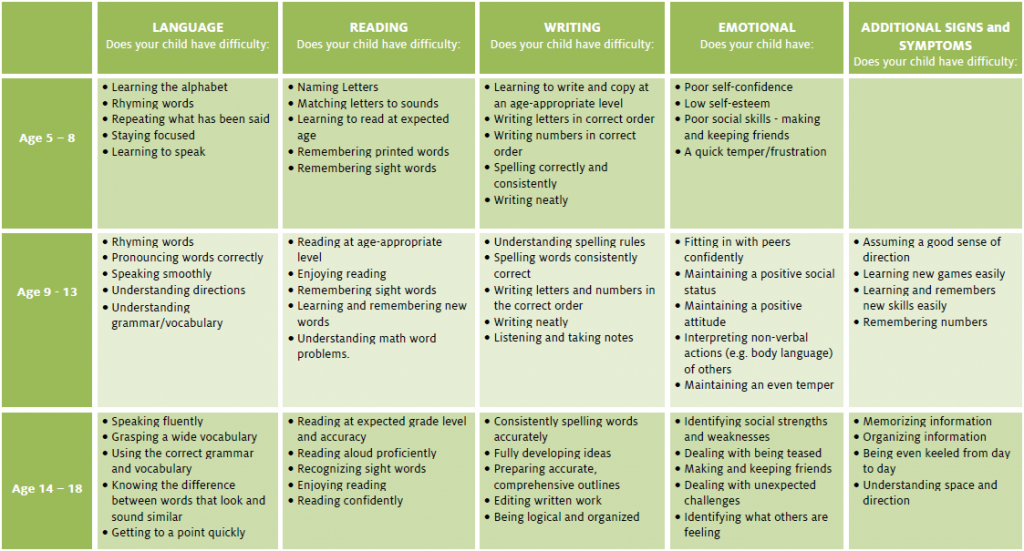 If you see that the child is inquisitive, enjoys exploring the world and is ready to learn, you can move on to learning letters and the alphabet. So the child will be happy to learn the alphabet in a playful way and gradually learn to read. So that the game is not abstract, you can use the magnetic letters TUMBLING.
If you see that the child is inquisitive, enjoys exploring the world and is ready to learn, you can move on to learning letters and the alphabet. So the child will be happy to learn the alphabet in a playful way and gradually learn to read. So that the game is not abstract, you can use the magnetic letters TUMBLING.
5 ways to learn the alphabet with your child
1. Use an interesting topic to study
Use your child's interest to spur his motivation to learn. For example, if your kid is crazy about cars, let them be the topic in which you learn the alphabet. Use any words related to cars:
"A" - bus
"B" - trunk
"C" - driver, etc.
You can show cars and their parts, draw or sculpt from plasticine. It is important that the child's focus shifts from learning to doing what they love. Additionally, the method will help expand vocabulary and knowledge about the world.
2. Cross out a letter of the alphabet in the list
Fill in a small square with arbitrary letters.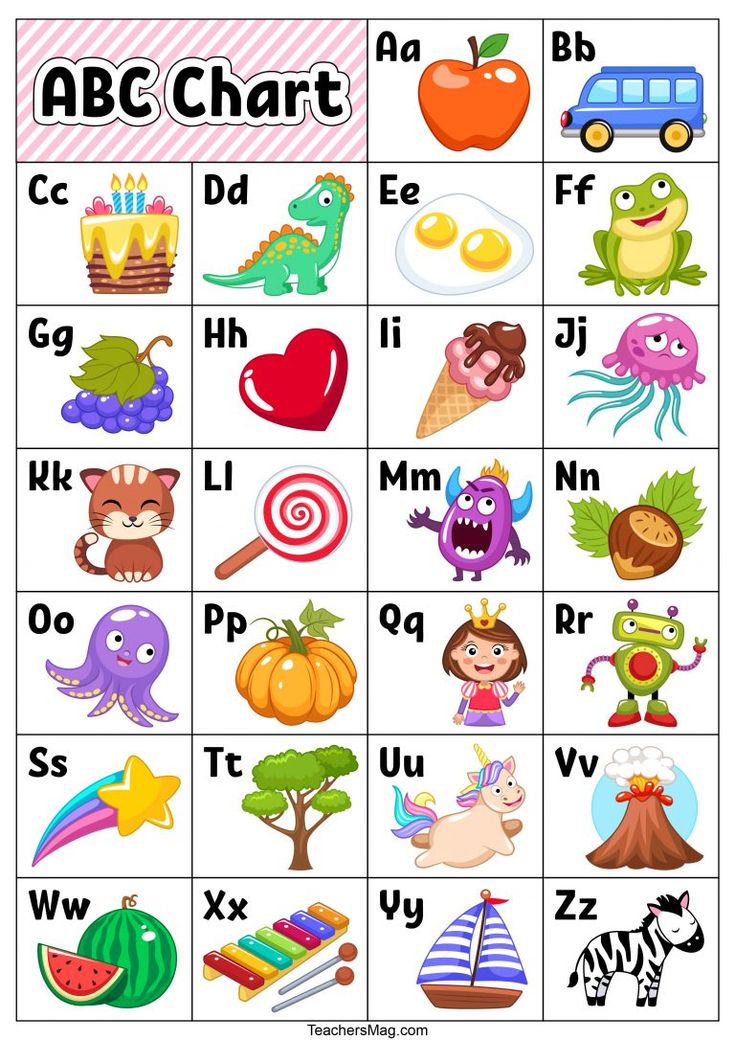 The task is to cross out only the letter that you are studying. This will help the child focus on one letter and not get distracted by the ones he doesn't remember or don't know.
The task is to cross out only the letter that you are studying. This will help the child focus on one letter and not get distracted by the ones he doesn't remember or don't know.
3. Pulling the letters of the alphabet out of the pouch
The soft-touch magnetic letters are perfect for this method. Put the letters in a bag and give the child the task, without looking, to pull out only the letter that you thought of. Let there not be too many letters in the bag, otherwise the child will get confused. 6-7 pieces will be enough. To start, use letters that are very different in shape, such as "O" and "M". Gradually, the complexity can be increased and searched among similar letters, for example, "K" and "X". Don't forget to praise and encourage your child. You can alternate the learning process with desktops.
4. Recognize letters of the alphabet by ear
You pronounce a word, and if it contains a hidden letter, the child claps his hands.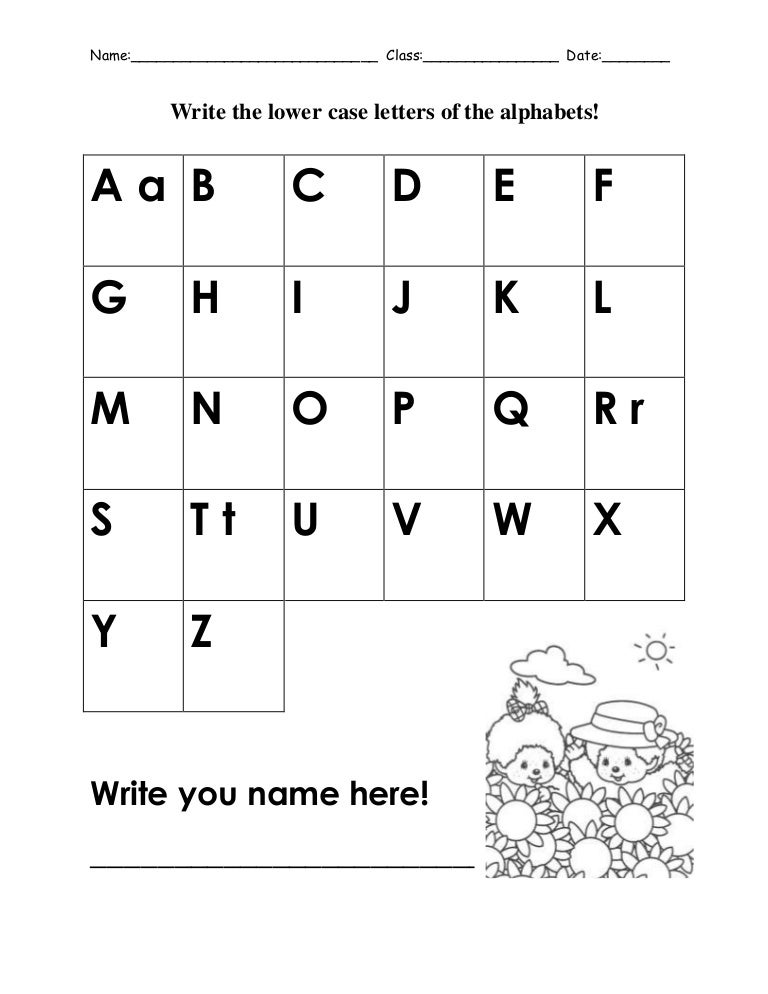
With this game for kids, you can learn individual letters or the entire alphabet. For example, you name a word, and the child inserts its first letter into the insert frame. To stimulate your child's interest, you can use only words from his favorite topic, for example, the names of animals.
5. Guess words starting with the first letter
You choose one letter and think of a word that starts with that letter. For example, the letter "Z":
- What is this animal with big ears and loves carrots?
- Hare!
This game form is again suitable for learning individual letters or the entire alphabet. If you learn only one letter, the child gets used to quickly recognizing it in different words. And if you give words with different letters, the child as a whole learns to understand with which letter they begin. With the study of the account and the English language will also help TUMBLING.
From the alphabet to reading
When a child learns the Russian alphabet, confidently recognizes all the letters in different words and can draw or mold them on his own, it is worth moving on to reading.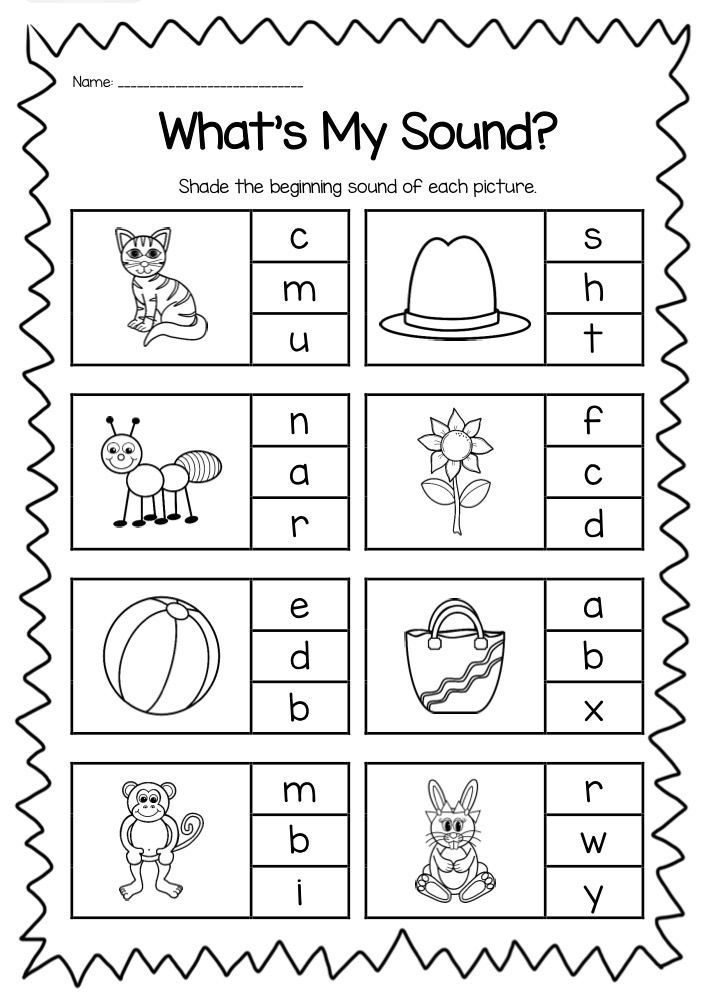 Because you need to learn the alphabet just so that the child can read. If knowledge is not used, it will hang as an extra burden, and by the time school will be forgotten. Therefore, you should not learn the alphabet too early: at 3-4 years old, a child is simply not interested in reading books in order to learn something new. He is more interested when his mother reads. Conversely, by the age of six, the child will be glad to have his own books to read them himself.
Because you need to learn the alphabet just so that the child can read. If knowledge is not used, it will hang as an extra burden, and by the time school will be forgotten. Therefore, you should not learn the alphabet too early: at 3-4 years old, a child is simply not interested in reading books in order to learn something new. He is more interested when his mother reads. Conversely, by the age of six, the child will be glad to have his own books to read them himself.
How to quickly learn the alphabet - learning letters with a child
Letters are all around us. The child sees them in books and magazines, on product packaging, in shop windows. He can't help wondering what it is. Over time, he begins to understand that adults can read, begins to copy his parents, having learned a poem or a fairy tale by heart, and pretending that he is reading a book.
Experts recommend teaching a child to read shortly before school, since at an earlier age his brain is not yet ready to perceive such information. You can learn sounds with it, learn to distinguish them in oral speech, start mastering the alphabet. This pre-letter period is very important, because thanks to it the child will be able to learn to read fluently and understand what he read.
You can learn sounds with it, learn to distinguish them in oral speech, start mastering the alphabet. This pre-letter period is very important, because thanks to it the child will be able to learn to read fluently and understand what he read.
At what age do you start learning letters?
Many parents are sure that a child's development should start almost from the cradle. But neuropsychologists warn that learning letters and numbers before the age of 3 is harmful. At this age, the emotional and sensory sphere should be formed. If we force a child to learn, then we violate the laws of brain development, which can have negative consequences.
No specialist will tell you that at the age of 3 or 4 a child should know all the letters. Of course, if you wish, you can force him to learn the alphabet, but this will not be useful, but, on the contrary, can harm. The brain is ready for reading most often by the age of 5-6, and only in 20% of babies - by 4-5. Before this time, it is not worth studying letters.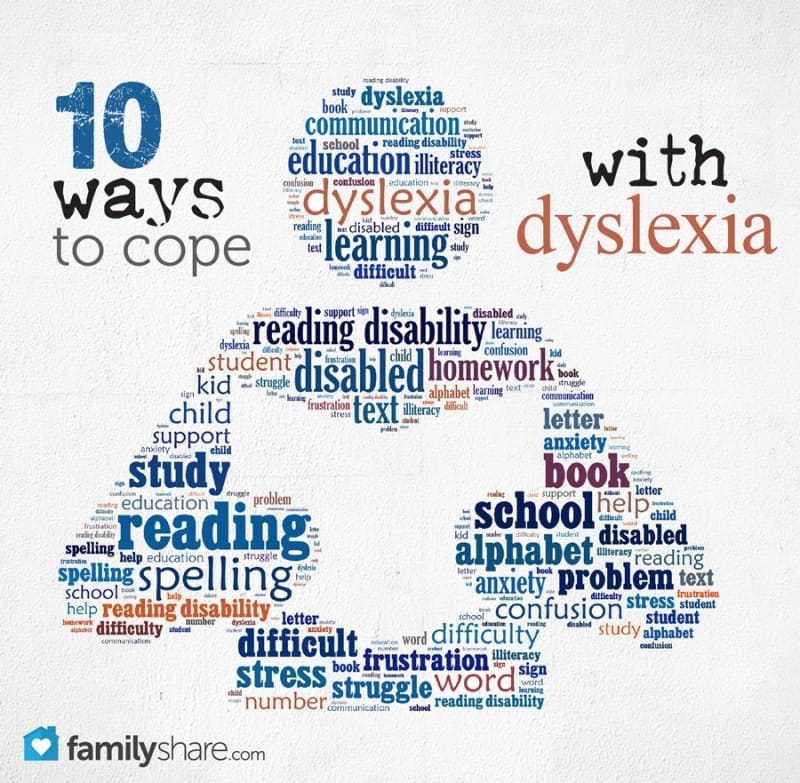
But this does not mean that you can forget about the development of the child. At 3-4 years old, you need to work on the development of speech, teach the baby to ask and answer questions correctly, pronounce words, and study the world around him. You need to work on fine motor skills, teach him to dance, form a sense of rhythm, and so on.
These are the recommendations. However, all children are different. If a child has shown a sudden interest in letters, it means it's time to start learning. And it does not matter if it manifested itself late, for example, at 6 years old. The child should want to read, only after that you can study with him.
Psychologists note several signs that indicate a child's readiness for learning:
- The child perceives well what he has read by ear and can tell what the book is about.
- He knows how to build phrases, pronounce all sounds.
- Interested in what is written in a children's magazine, book or poster.
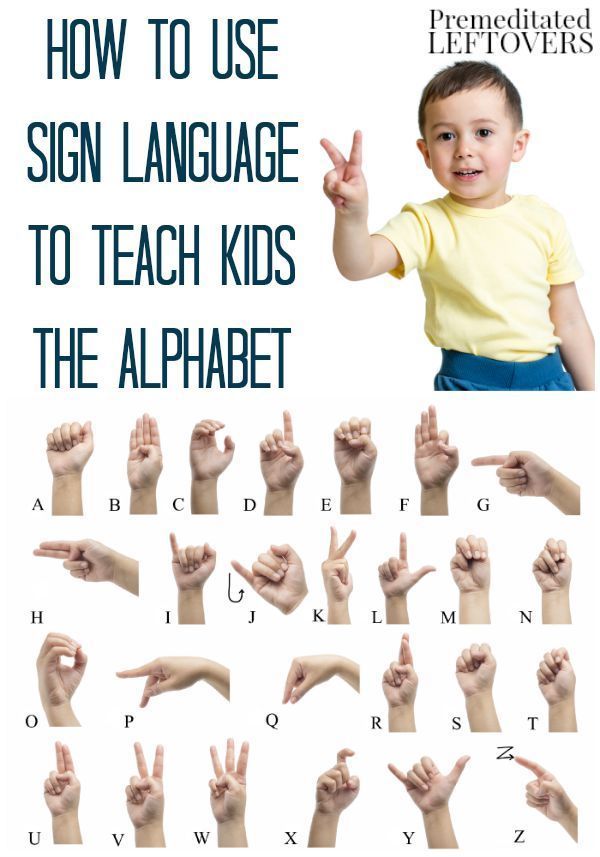
- Pretends to read, imitating adults.
If all these signs appear, you can start classes. You can’t put pressure on a child, force him to study, bribe him (“learn the letters - I’ll give you a chocolate bar”) - this will not achieve anything.
In those cases where the interest in letters appeared early, there is no need to give up classes. But do not overload the baby, work with him for no longer than 7 minutes, classes do not have to be done every day, you can take breaks of 2-3 days.
How to start learning the alphabet?
The child began to show interest in letters. No need to immediately load it with knowledge, cramming the alphabet. Move a little. The easiest way for children to remember the first letter of their name. Explain to him what this letter is, what it is called. You can ask him to find this letter in the text. Gradually, he will learn to highlight it, will pay attention to it. The first step has been taken.
Parents now trust their children's education to various children's tablets, phones and other similar toys.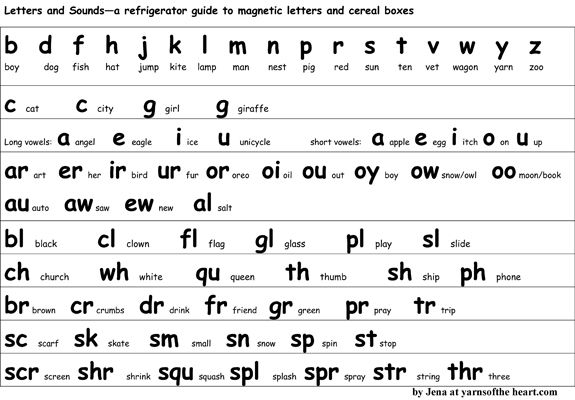 Remember that they are teaching letters, not sounds. Toddlers need to be taught precisely sounds, so it will be easier for them to master reading.
Remember that they are teaching letters, not sounds. Toddlers need to be taught precisely sounds, so it will be easier for them to master reading.
A letter is a graphic representation of sound, each has its own name. But learning to read, knowing only the names of the letters, is very difficult. Imagine that the child will need to read the word "ball". How will he do it? Just as he was taught: "beael". And all because he pronounces letters, not sounds.
It is better to start learning with sounds, pronouncing them with the child. Parents themselves should not confuse sound and letter. Sound is what we hear. A bumblebee buzzes - this is a sound, a hammer knocks - this is also a sound. But far from all sounds we can get words. If we clap our hands, the sound will appear, but the word will not.
You can create a word from special sounds called speech sounds. Make sure that the child does not confuse the letter and sound. Explain to him that a letter is an icon that can be seen in a book or drawn on paper.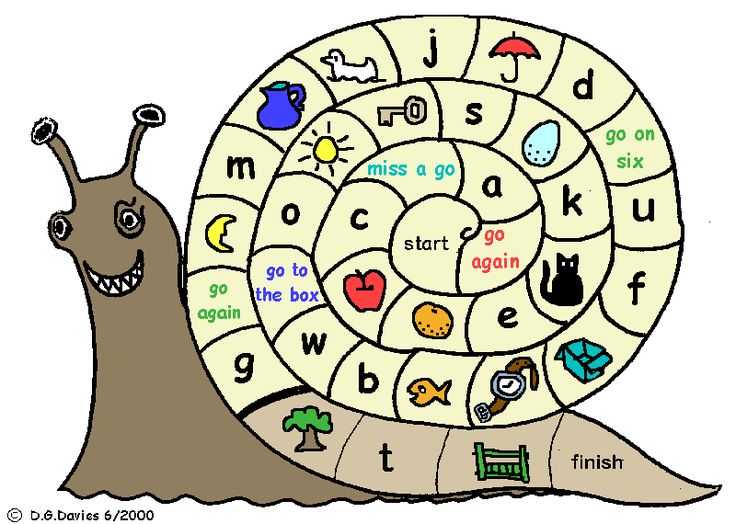 Letters can be seen with the eyes and sounds can be heard.
Letters can be seen with the eyes and sounds can be heard.
General recommendations for teaching a child
If you decide to work with a child, remember the basic rule - he should be interested. You can't force him. At this age, the easiest and most accessible way of learning is through the game.
It is difficult for kids to concentrate, to sit in one place for a long time, so classes should be short, 5-10 minutes each. As soon as you notice that he has become bored, switch to something else. If he forgot everything that you went through, do not get annoyed, repeat again until he remembers. If you overload your child with information, he will develop an aversion to learning.
At an early age, a child develops visual-figurative thinking, and only then - abstract-logical. This means that it is useless to draw letters on paper or a board. So you can't learn them. For him, it will be just a set of dashes.
The child needs a visual association. For example, if you are learning the sound "a", you can show him a picture of a watermelon or any other object that starts with that letter.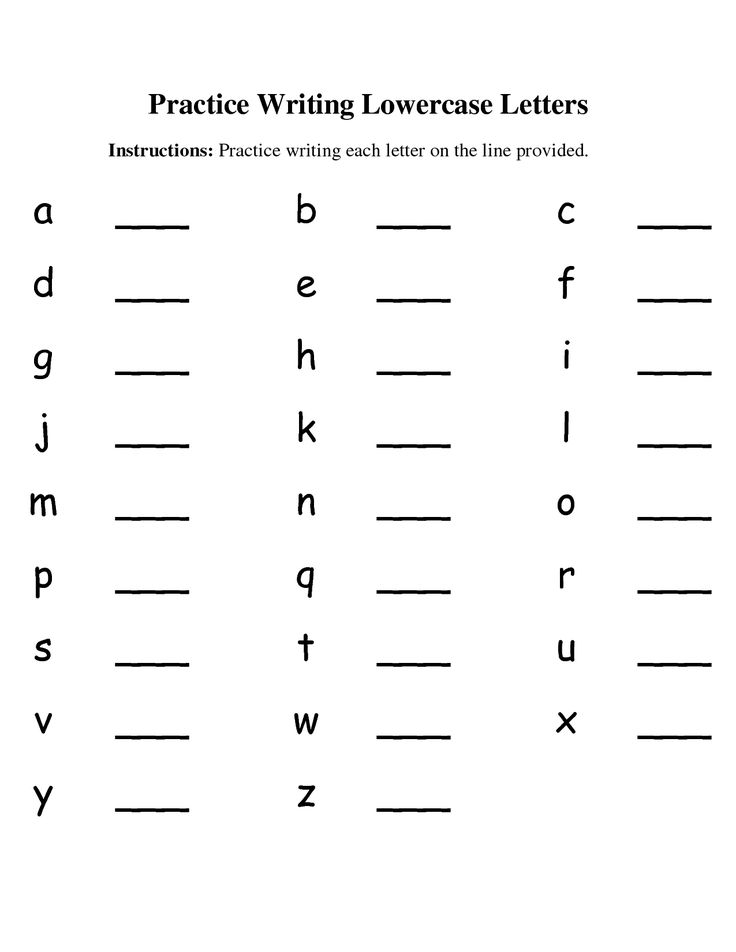 Stock up in advance with soft cubes with letters, bright cards, coloring books, beautiful colored primers.
Stock up in advance with soft cubes with letters, bright cards, coloring books, beautiful colored primers.
Do not learn letters in alphabetical order. It is better to start learning with vowel sounds. The letters that are most often found in speech are studied first, then you can move on to rarer ones.
How to learn vowels?
First, explain to your child that all words are made of sounds, just as houses are made of bricks. The more sounds in a word, the longer it is. After that, you can proceed to the study of sounds.
Start with "a" . You can show the baby pictures that show objects whose names begin with this letter. Draw with him the mouth that makes this sound, note how we open it wide. Let him try to name the words that begin with this letter. Do not overload the child: 1 lesson - 1 letter.
Try to consolidate the acquired knowledge. So you go to the kindergarten, you saw a pharmacy, let the kid try to find the letter that you studied.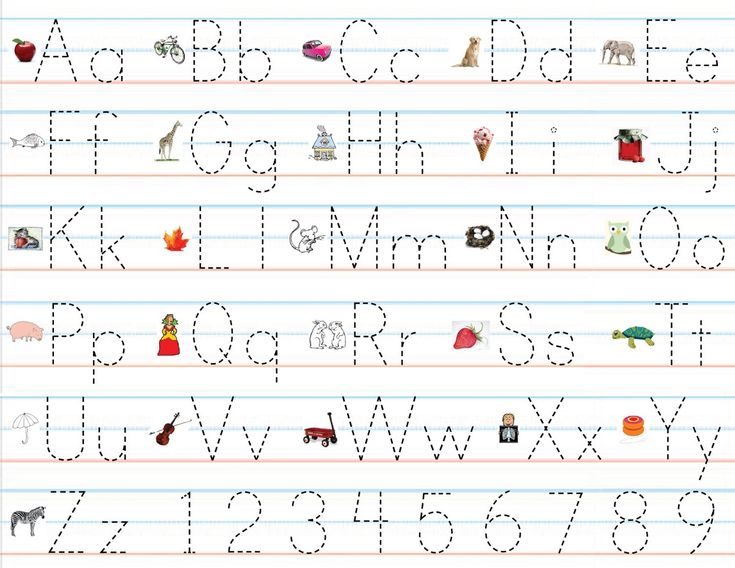 Bought a children's magazine, see if the title has the letter "a" . You can mold a letter from plasticine or dough, cut it out of paper. You can lay it out of sticks or sand.
Bought a children's magazine, see if the title has the letter "a" . You can mold a letter from plasticine or dough, cut it out of paper. You can lay it out of sticks or sand.
It will be much easier for you to captivate your baby if you always have blocks with letters, bright books, cards at hand. You can sing a song about a letter or listen to a cheerful verse.
So, study all the vowels one by one. At the end, you can explain that the sounds that you have already learned are called vowels. These are sounds that can be sung. Try to sing together "a-a-a" or "u-u-u" .
Remember that we have 6 vowels ( a , o , y , e , s , and ) and 10 vowels. The letters i , e , i , i consist of 2 sounds. It is better to postpone the study of the latter for later, because there is no sound "i" , i is a letter consisting of 2 sounds.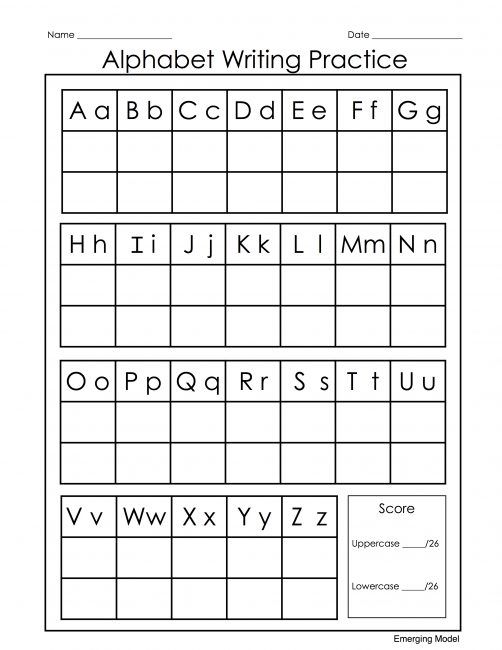 Do not confuse the child so that later educators and teachers do not have to retrain him.
Do not confuse the child so that later educators and teachers do not have to retrain him.
How to learn consonants?
After you have learned the basic vowels ( a , y , and , o ) you can move on to the consonants. You need to start with the simplest consonants ( b , p , m , n , t , g ). And here again we remember that we are teaching the child sounds, not letters. We know what to say0005 em ", " en ", " be ", but children don't need to know this yet. The child must learn that this is the sound " mm " or the sound " nn ". After the baby learns simple consonants, you can proceed to the study of hissing.
Just like with vowels, knowledge needs to be consolidated. Children may confuse letters. To prevent this from happening, play associations.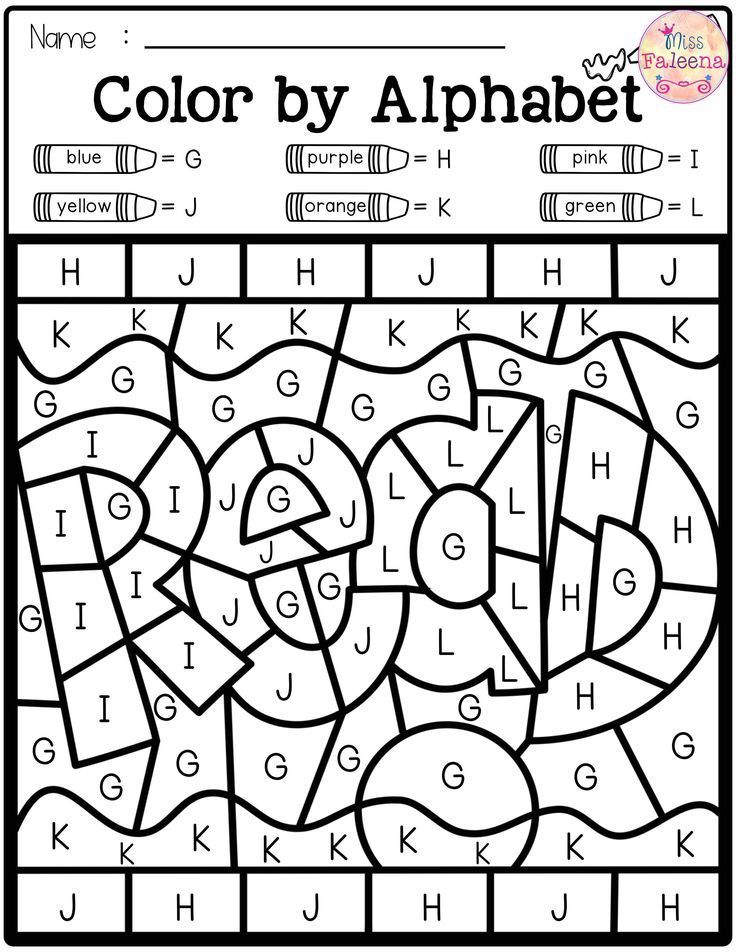 You can ask the children to think of what this letter looks like. Look for objects on the street that resemble this letter. For example, you walked past the horizontal bar, it is shaped like the letter " p ", or look at the doorway, also resembles " p " in shape. Fold it out of pencils, look for it in store signs.
You can ask the children to think of what this letter looks like. Look for objects on the street that resemble this letter. For example, you walked past the horizontal bar, it is shaped like the letter " p ", or look at the doorway, also resembles " p " in shape. Fold it out of pencils, look for it in store signs.
Alphabet Learning Methods
There are several popular methods for teaching children to read and memorize the letters of the alphabet. You can use them, especially since specialists worked on them. But, no matter what method you work with, it is important to remember that your classes should not resemble lessons at school.
Children at this age should play and get the information they need through games. Therefore, after a short training part, immediately proceed to an interesting, gaming one. Creative activities are also very useful, with the help of which you not only study letters, but also develop the child’s fine motor skills, improve his drawing and coloring skills, and strengthen the ability to use scissors.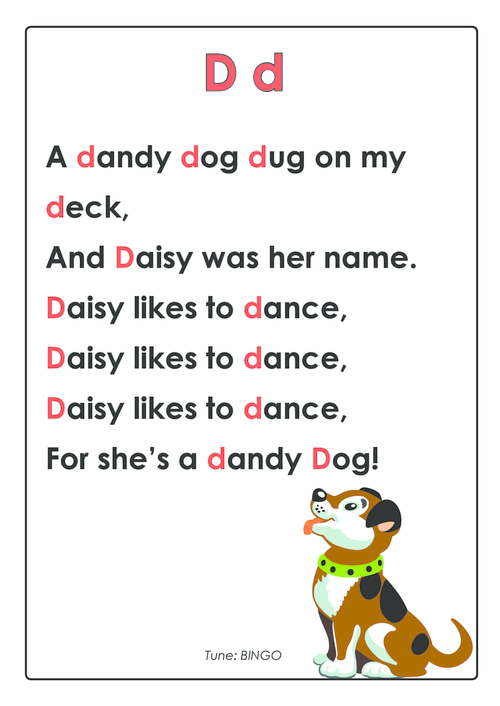
Games and game exercises
There are a huge number of game exercises that will help you consolidate knowledge. We will give a few examples.
1. Find words with the right sound . You need to prepare cards that show different objects. The child must choose among them those in which there is a studied sound. First, you can simplify the task: ask him to find words that begin with this letter.
2. Catch the sound . To stretch a little, mother and child walk around the room. Mom calls different words. As soon as the child hears a word with the desired sound, he stops and claps his hands.
3. Think of the word . Ask your child to come up with as many words as possible with a certain sound. You can do this in turn, for example, first the mother calls the word, then the baby.
The task needs to be complicated, that is, the sound can be not only at the beginning of the word, ask him to come up with a word in which this sound will be at the end or in the middle.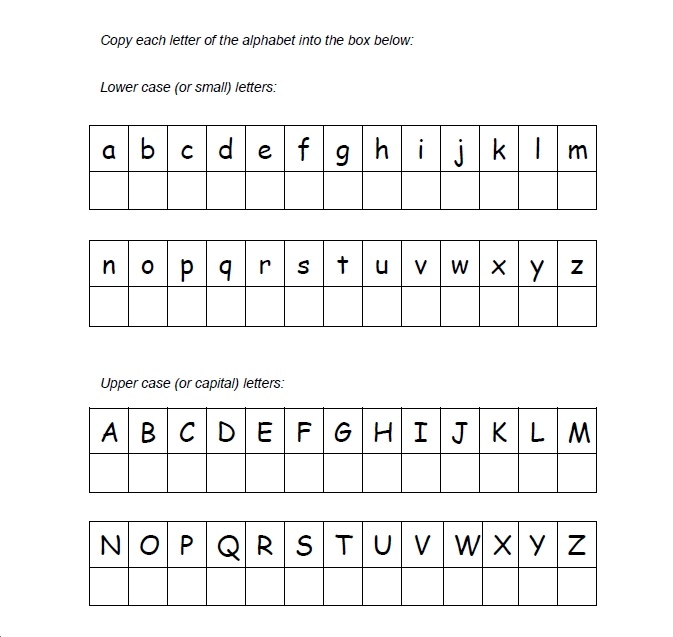 For example, you are learning the sound "a". First, you select words that begin with this letter - apricot, orange, then those that end in "a" - Moscow, jellyfish or contain the sound "a" in the middle - mosaic, eye.
For example, you are learning the sound "a". First, you select words that begin with this letter - apricot, orange, then those that end in "a" - Moscow, jellyfish or contain the sound "a" in the middle - mosaic, eye.
4. Determine where the sound is hidden. You need to draw a simple word scheme: three squares connected to each other. Each square denotes its own: the beginning of the word, the middle and the end. Put this word scheme in front of the child, give him a chip.
You name different words, and he must show on the diagram where the sound that you pass is located. For example, if you called the word "watermelon" (you can show a picture), the child must put the chip in 1 cell, and if the word "fox" - then in the 3rd cell.
5. Ball game . An adult throws a ball to the child and calls different words. If they have a letter being studied, he catches the ball, if not, then he does not catch it. To begin with, you can use words in which this letter is at the beginning, then complicate the task, that is, it can be in the middle or end.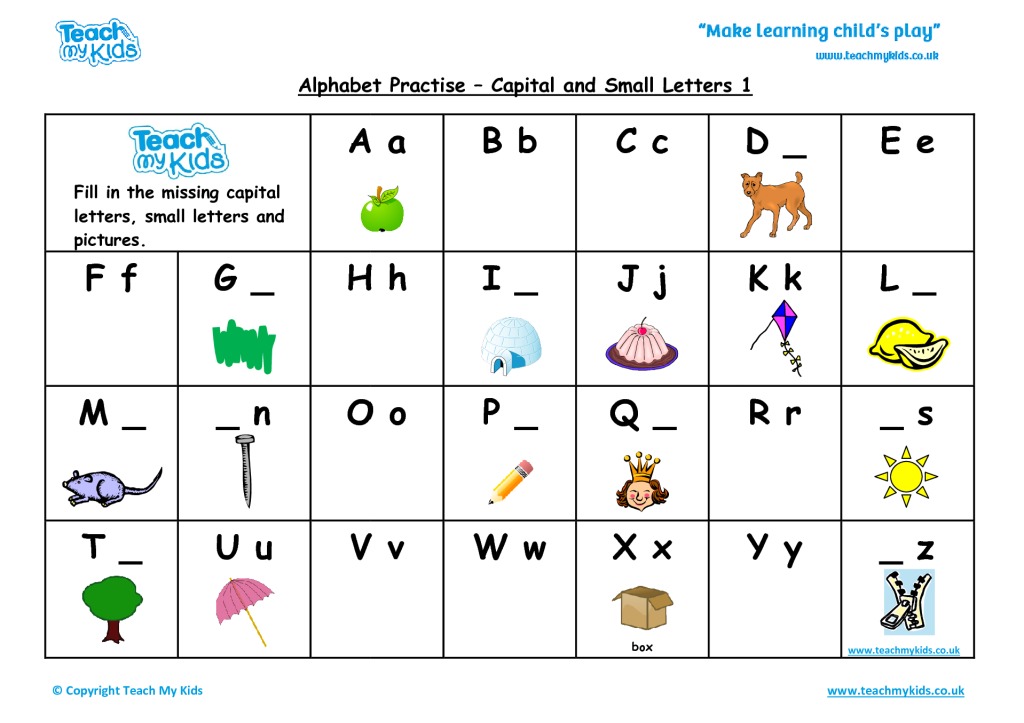
Author's methods of learning the alphabet
There are several recognized methods of teaching reading, each of which can be devoted to a separate article.
Zaitsev's cubes
The basis of Zaitsev's technique is a game, that is, children just play with cubes (there are 52 cubes of different sizes in the set) and at the same time learn to read without making any effort. These games can be started from 6-12 months old, but up to 2 years old they are used like regular blocks, and children after 2 years old can start making words.
Zaitsev's main unit is a warehouse. It can consist of a consonant and a vowel, or a single letter. The basis of this method is the warehouse principle of reading. In addition to cubes, a large warehouse table is also used.
This technique has many advantages, the main of which is that any child can be taught to read. But there are also disadvantages, for example, over time, children will have to be retrained, because they remember that letters are indicated by one color, and the teacher enters his own colors, for example, red is a vowel. In addition, the child is used to the fact that words are divided into warehouses, and not into syllables. Yes, the benefits are very expensive.
In addition, the child is used to the fact that words are divided into warehouses, and not into syllables. Yes, the benefits are very expensive.
Doman's cards
The neurosurgeon Glen Doman developed his technique for children with CNS disorders, but then it was also used to teach healthy kids. He recommends teaching children to read not by letter, but by words, since letters mean nothing to him, and words have real designations.
For this, whole words are written on the cards in large print (at least 7-10 cm), for example, “mother” or “dad”, which must be quickly shown to the child, voicing each word. With the help of this method, even a small child can be taught to read. Training is necessarily carried out at an early age; after 5 years, the Glenn Doman method no longer works.
Olga Soboleva's Methodology
The principle of this training is based on the "two-hemispheric" work of the brain. The teacher tries to use the dominant type of memory, that is, the material is divided into 3 groups: for kinesthetics, visuals and auditory.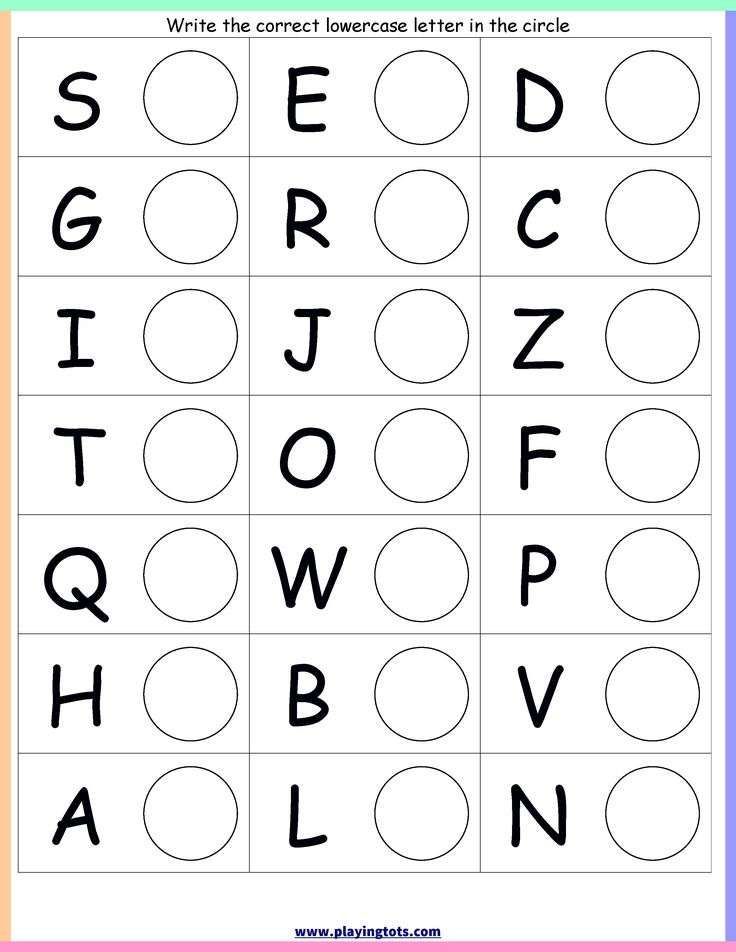
Many of its techniques are also used by ordinary teachers when teaching traditional methods to make it more interesting for children to study. Well suited for creative children and parents, it is not recommended for families where logic and structure come first.
Polyakov's method
Its author came up with 7 steps of learning to read, 70 lessons in total. Each lesson is detailed. They are held in the form of a game, take no more than 10 minutes. Stages 1 and 2 are the study of letters, warehouses, reading in warehouses.
Sergei Nikolaevich Polyakov himself, unfortunately, is no longer alive, but his work was continued by his son, as well as teachers who practice this method. If you wish, you can purchase books that describe in detail how to conduct classes, as well as video files with examples of classes.
Creative exercises
To reinforce the acquired knowledge, it is useful to conduct creative activities. For example, you can make a beautiful alphabet together.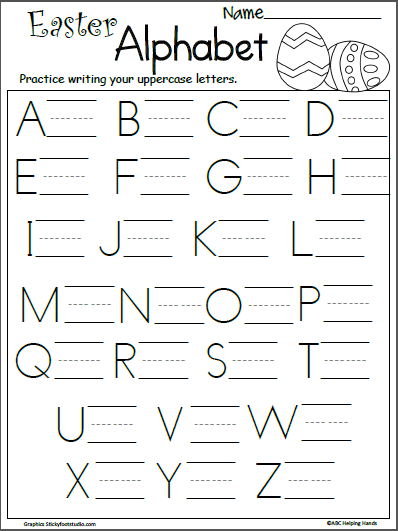 We studied the letter - cut it out of cardboard. It is better to choose a dense material. If it is difficult for the baby, you can help him, and the child will decorate - attach beads, groats, sequins, beautiful fabric, etc. to it.
We studied the letter - cut it out of cardboard. It is better to choose a dense material. If it is difficult for the baby, you can help him, and the child will decorate - attach beads, groats, sequins, beautiful fabric, etc. to it.
When you have collected the entire alphabet, you can decorate the children's room with it by connecting the letters into garlands, or hang it on the Christmas tree instead of toys. You can cut out paper blanks for letters, and the child must fold the whole letter from these parts.
Preschoolers love to draw and color. You can buy coloring books with letters, he will color them and remember what kind of letter it is. Or ask him to draw with felt-tip pens on paper, with chalk on a blackboard what you have already studied. But at this age, children should not be taught writing, this should be done by teachers in elementary school. The only thing you can teach your baby is to write in block letters.
If you are baking pies, ask your child to make familiar letters out of the dough.